Have you been struggling with pain in your thumb? Swollen and stiff after the age of 40?
There may be an underlying issue - it could be a sign that you have arthritis.
Arthritis of the thumbs occurs when cartilage, which normally provides protection to bones from rubbing against each other, wears away.
This results in friction between joint & bones leading to swelling and stiffness often accompanied by pain. If left untreated for long enough there can even be damage done within the joints affecting mobility!
What are the symptoms of thumb arthritis?
The first symptom to look out for is usually pain at the base of your thumb, especially when pinching or gripping something.
Other signs include swelling and tenderness in that area as well as limited movement and bony enlargement around the joint. Don't ignore these symptoms—they can get worse over time so be sure to seek treatment!
What causes thumb arthritis?
Thumb arthritis is an unfortunate reality for many adults who are over 40, and it develops gradually with age.
It's even more common in women than men, but that's not the only risk factor - obesity, injuries to your CMC joint (the joint at the base of your thumb) or jobs/hobbies which put stress on the area can also make you prone to this type of arthritic pain.
Even typing regularly or using a computer too often could cause trouble down the road! Rheumatoid arthritis may further increase susceptibility as well.
How is thumb arthritis treated?
Thumb arthritis can be a painful and difficult condition to deal with, but it doesn't have to slow you down.
Osteoarthritis is progressive over time - there's no medication available that will prevent the disease from worsening - however there are various treatments which may help alleviate symptoms like compression gloves, braces, strengthening exercises for the muscles around your thumb, anti-inflammatory medications or steroid injections.
Other strategies such as heat/ice application on joints and ergonomic workplace adjustments could also improve functioning of arthritic thumbs; additionally avoiding activities that might pressure them further should be kept in mind!
Surgery isn't usually advised until absolutely necessary – but with regular treatment many people find they're able manage their condition without too much effort!
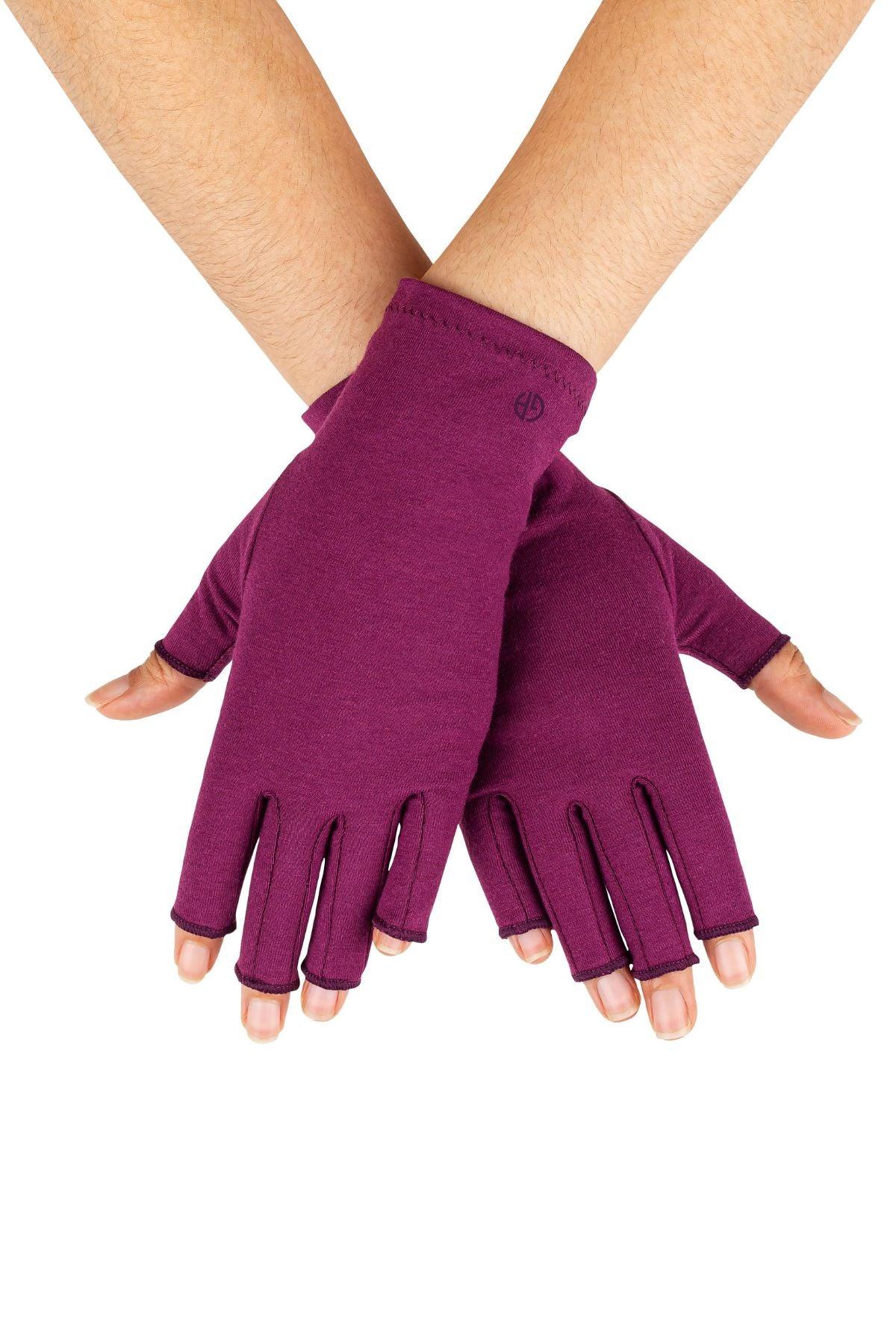
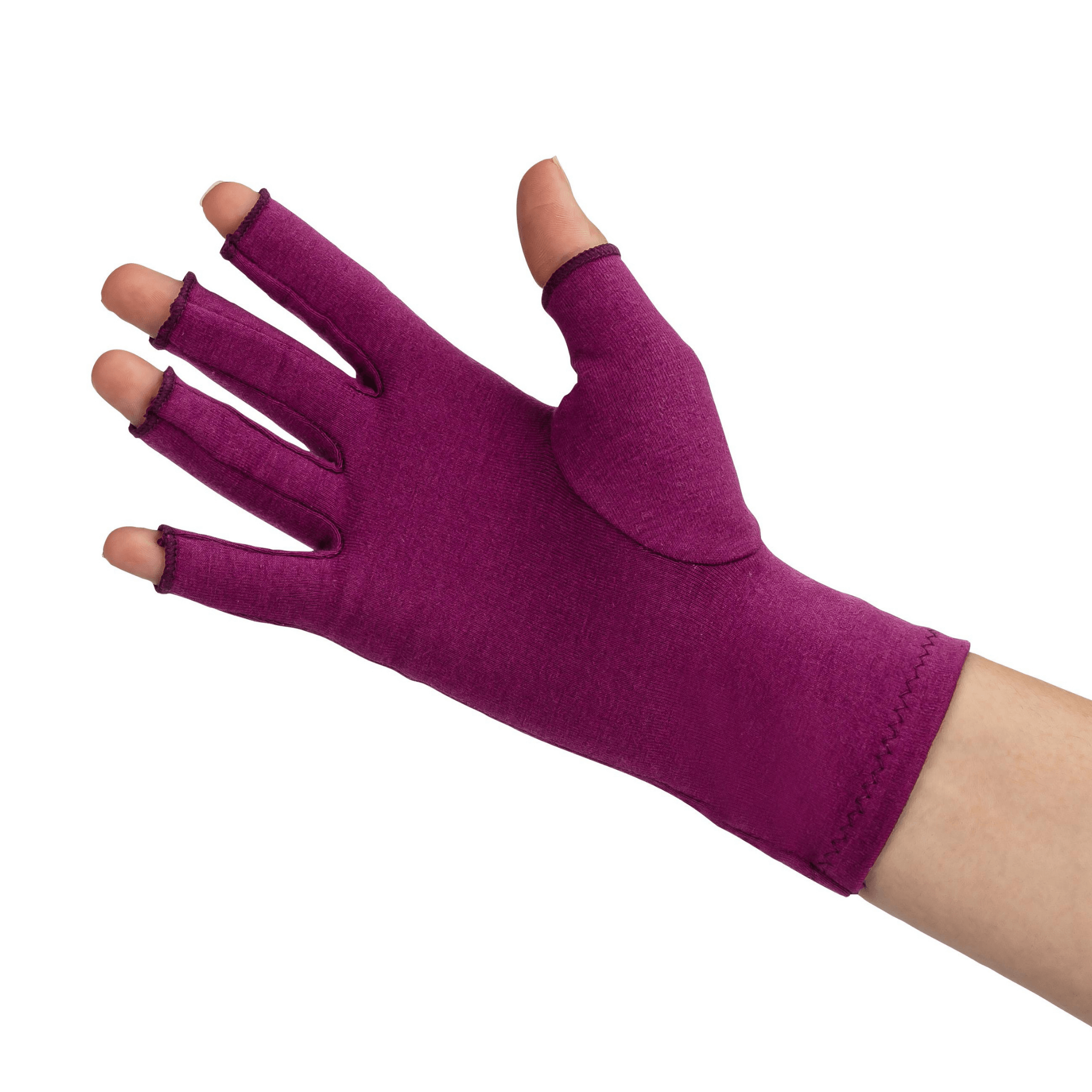

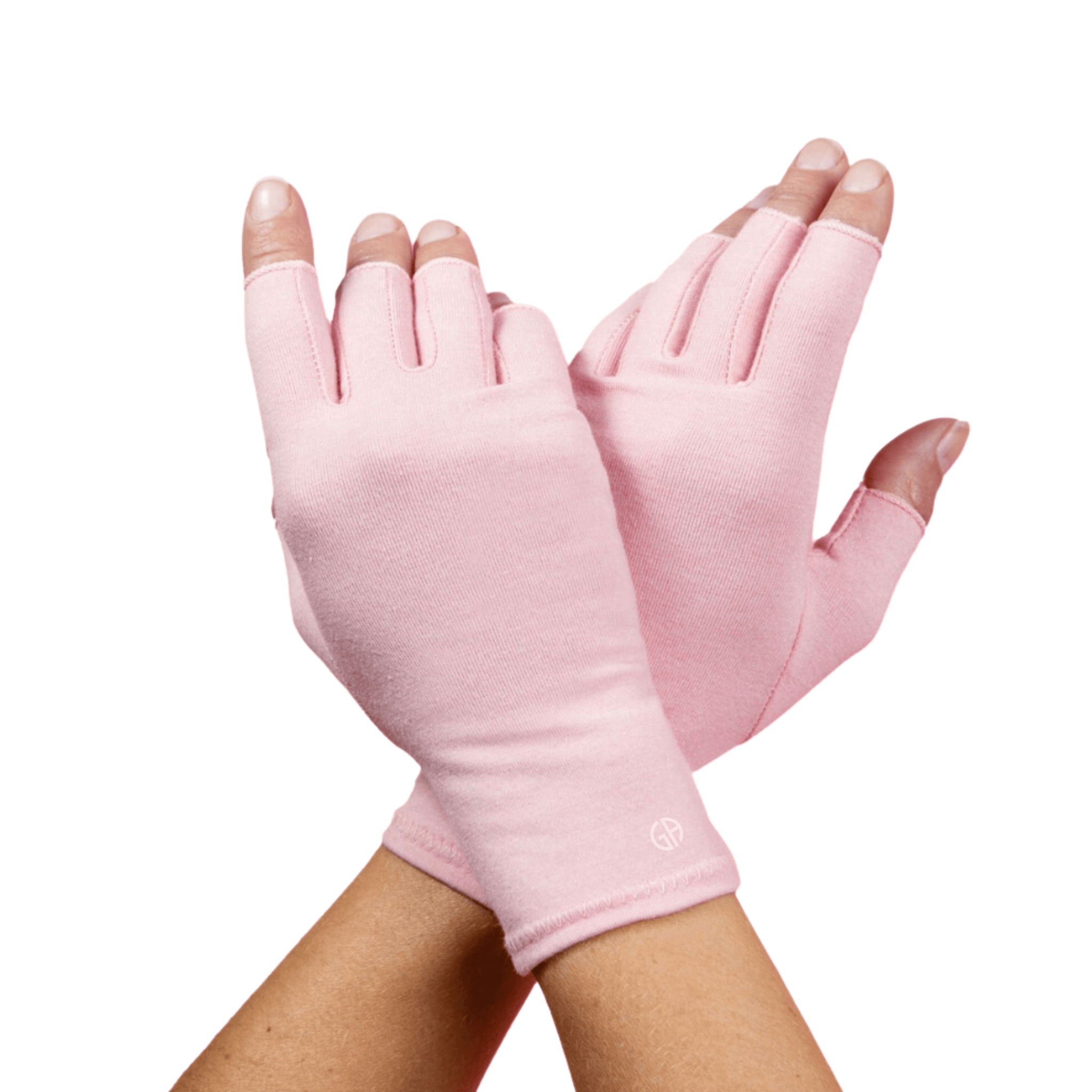
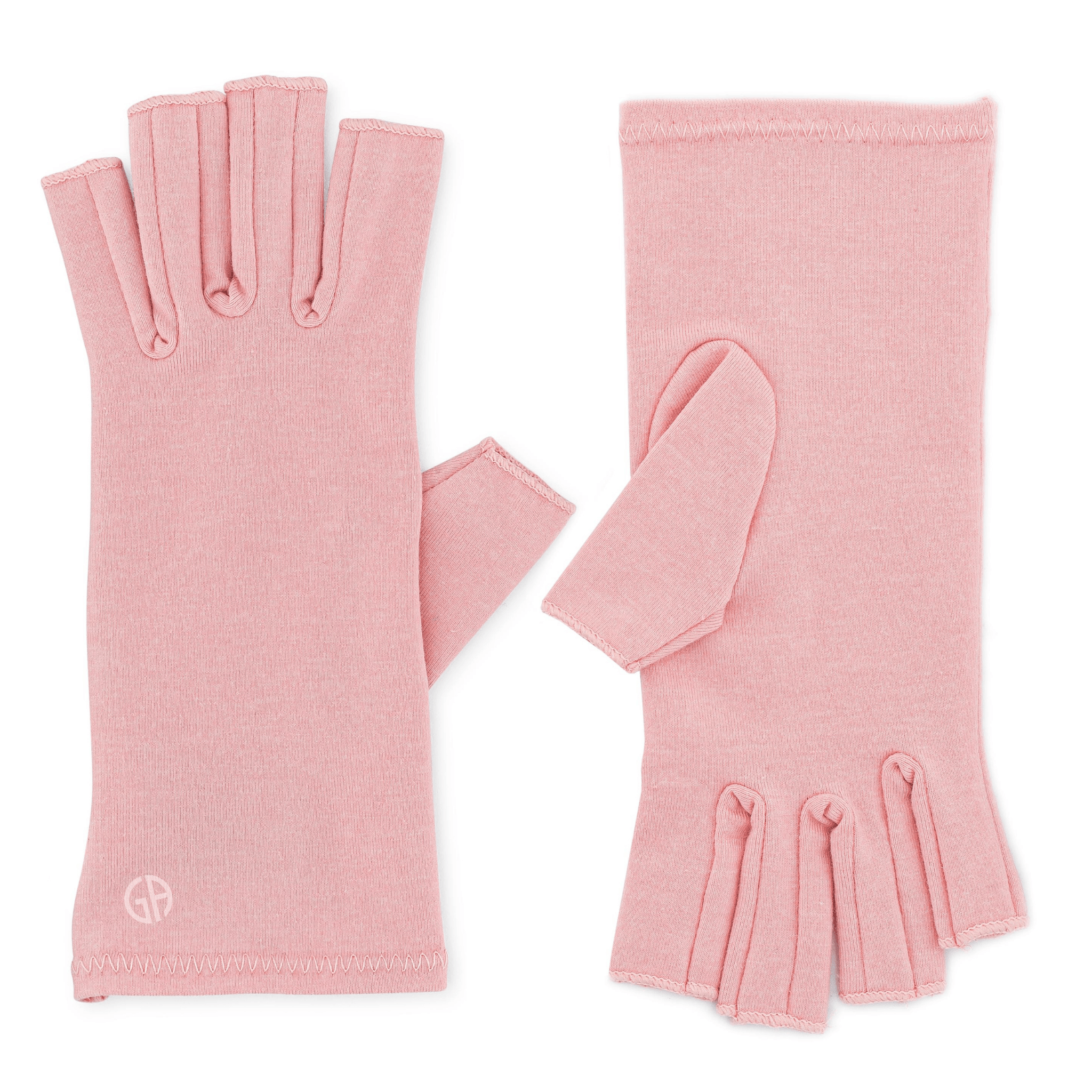
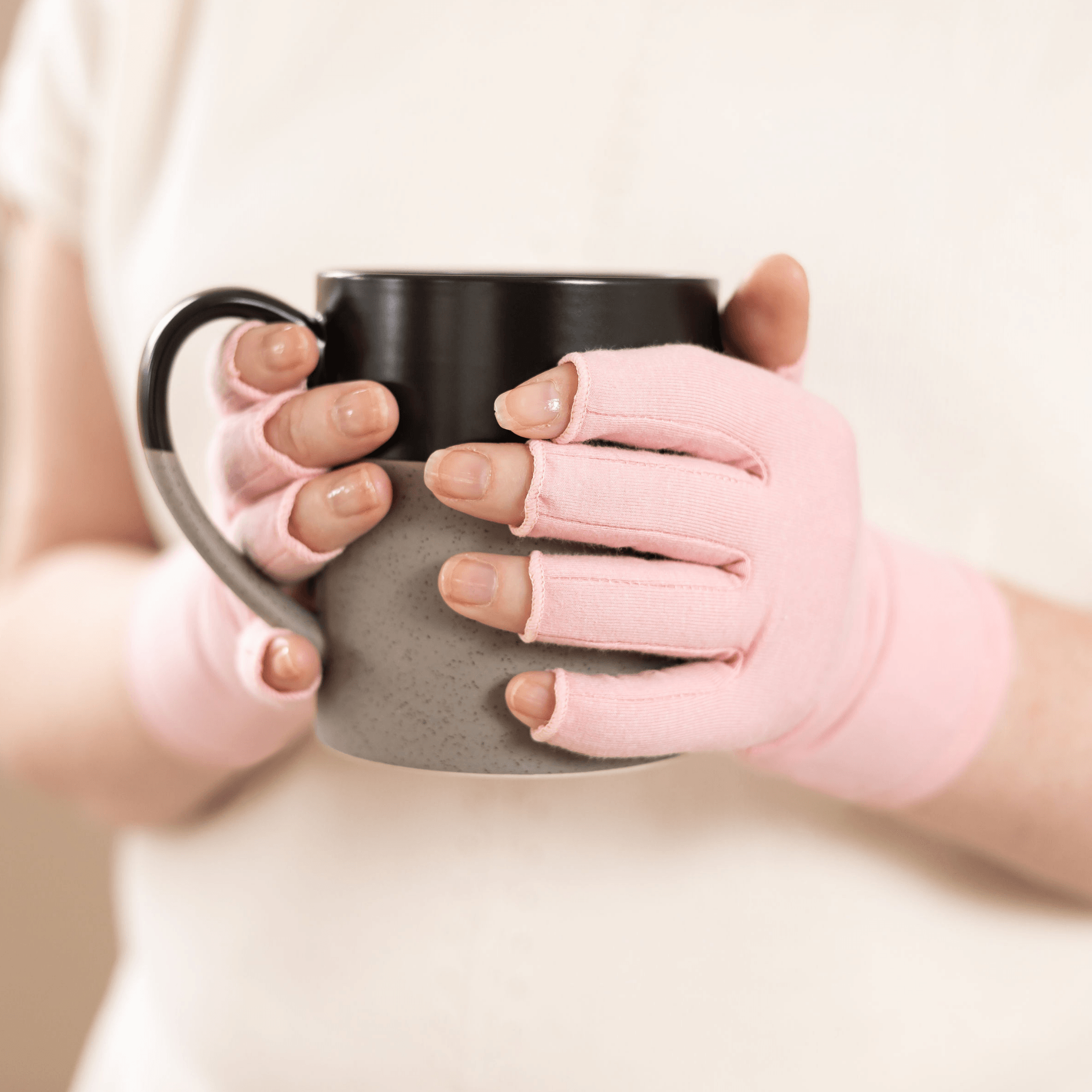
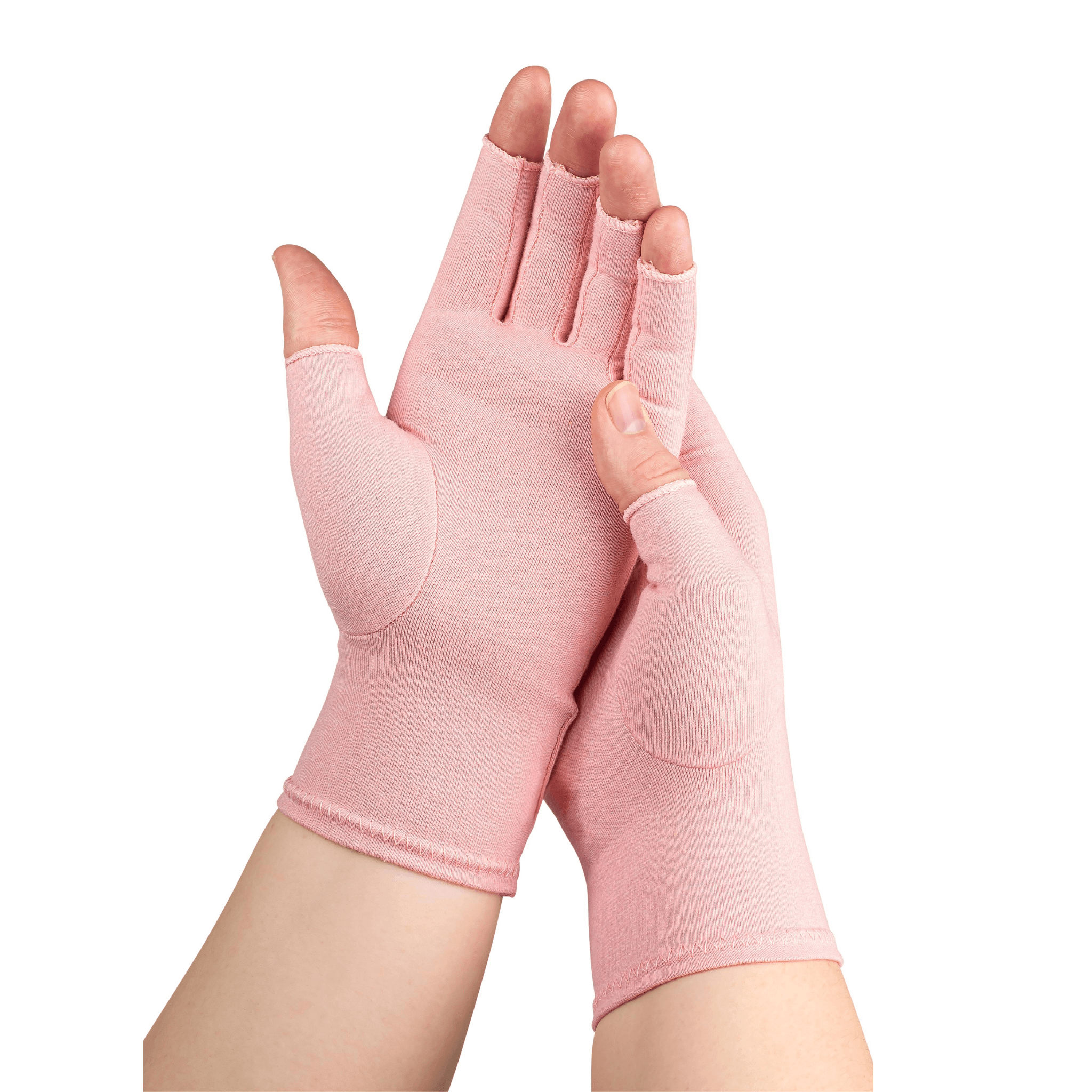
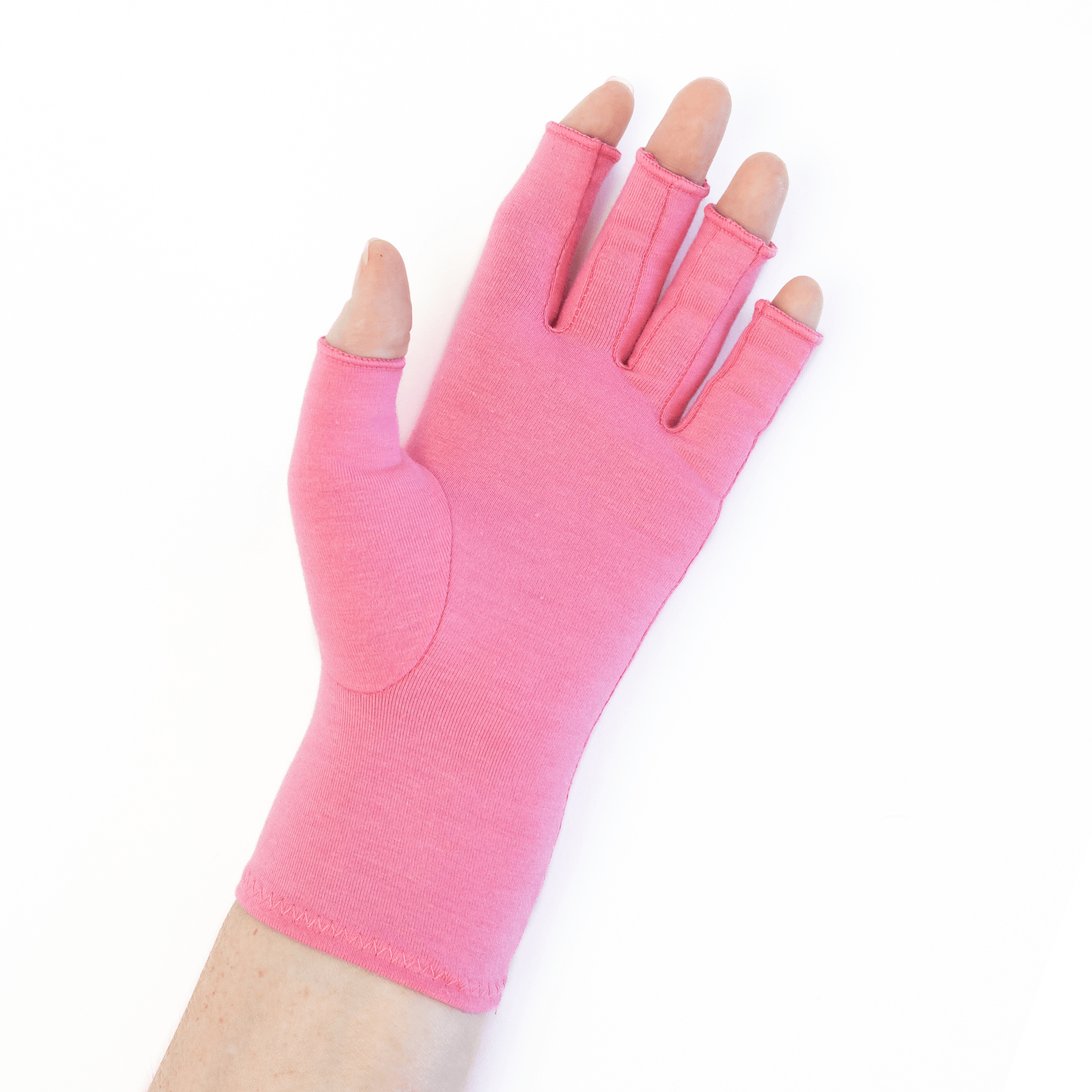
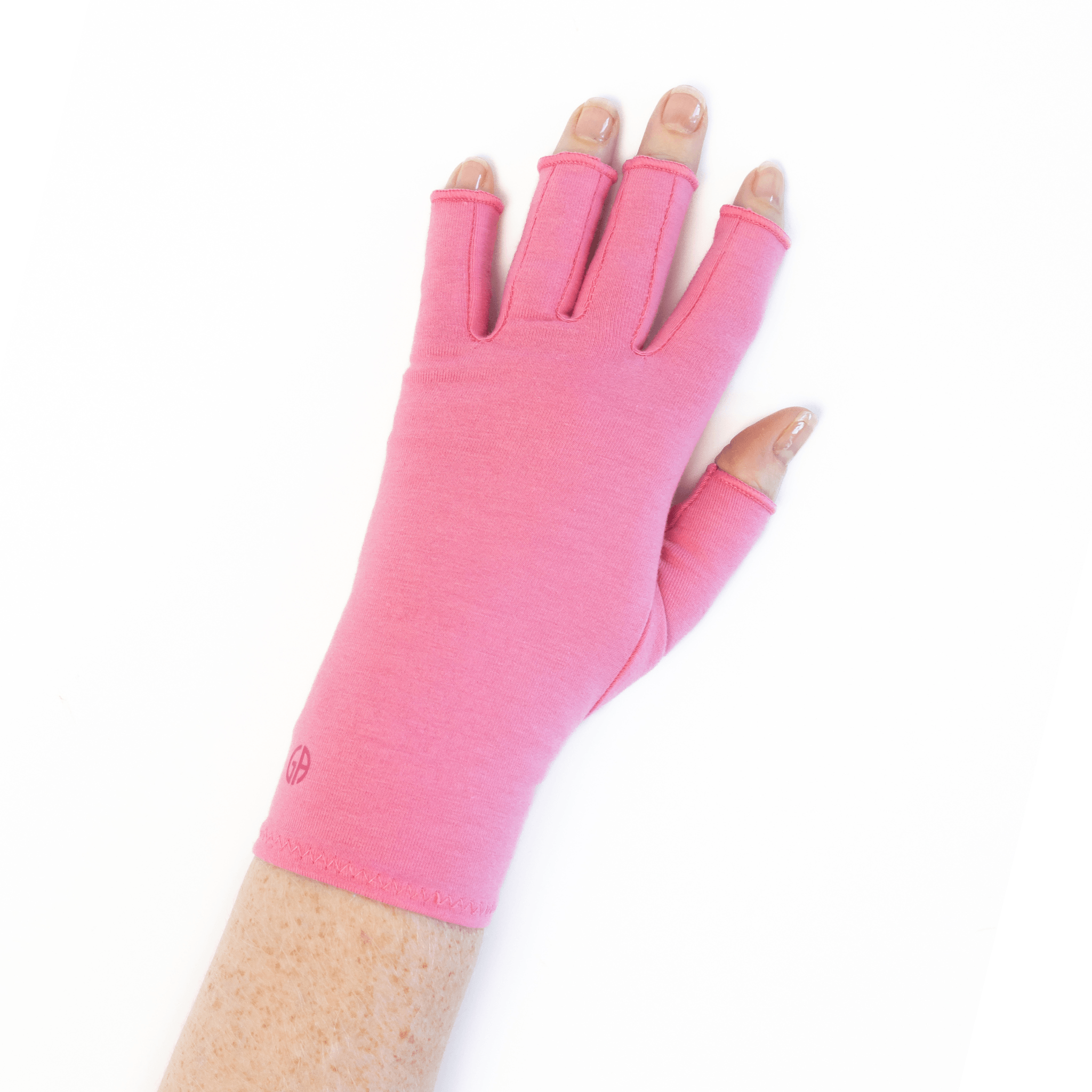

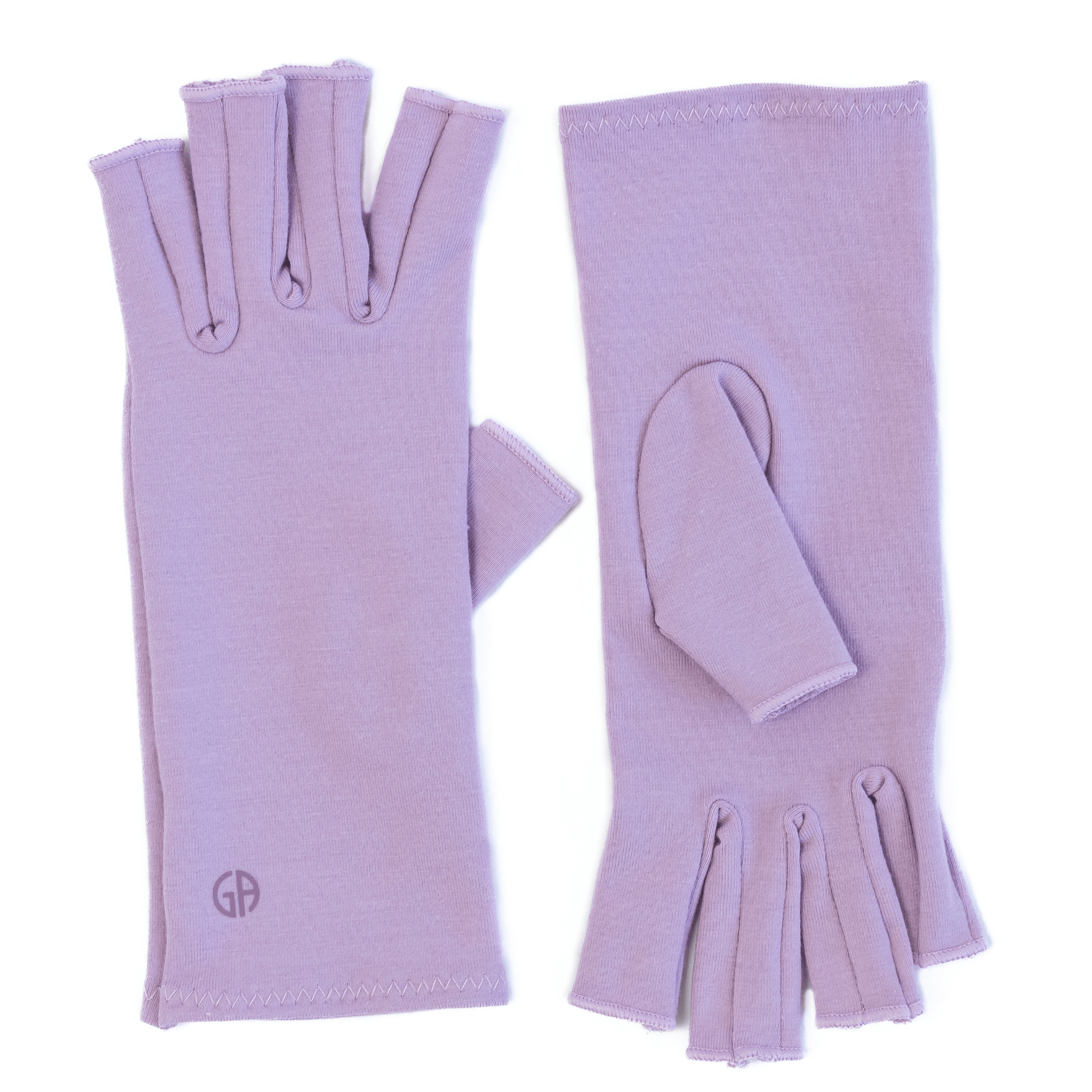
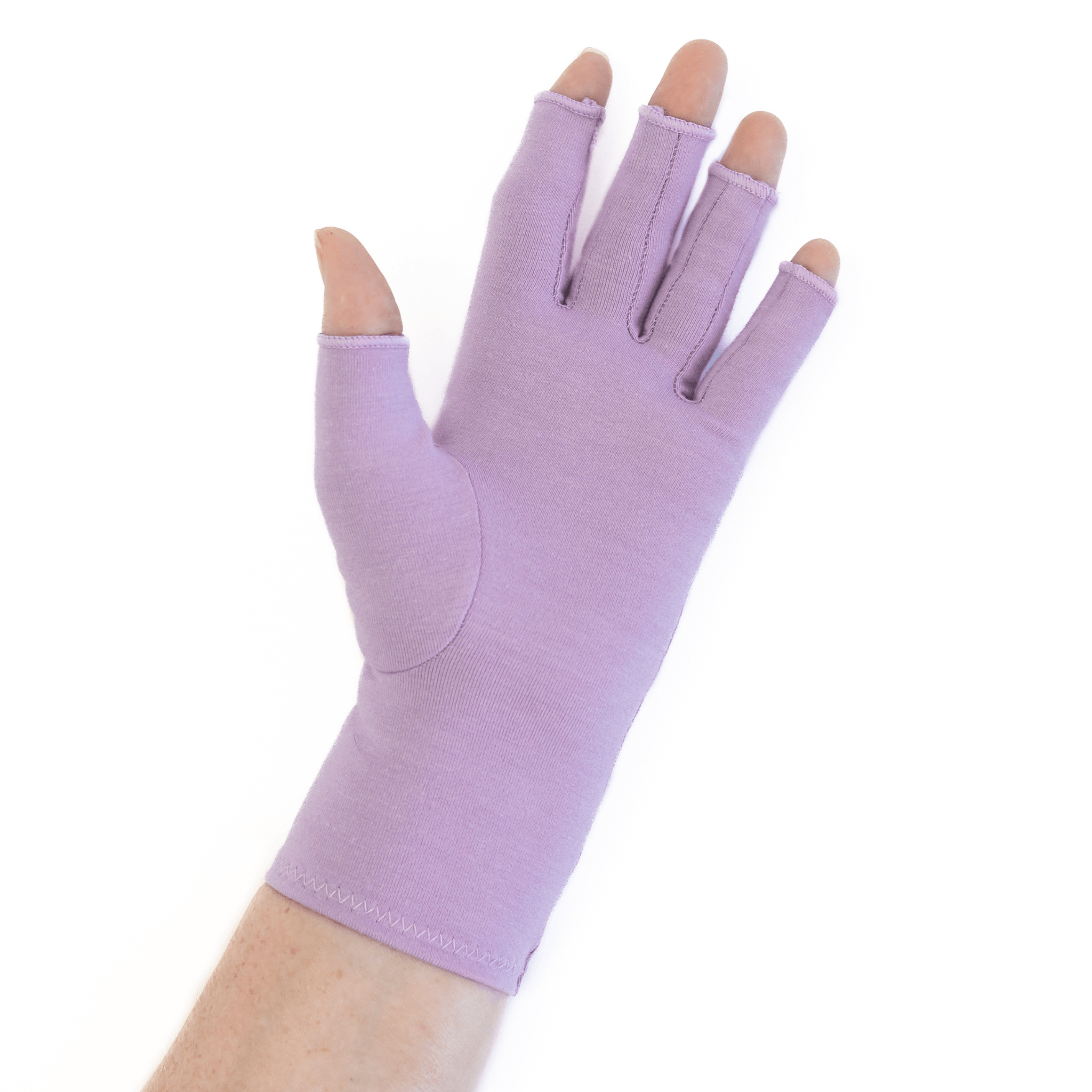
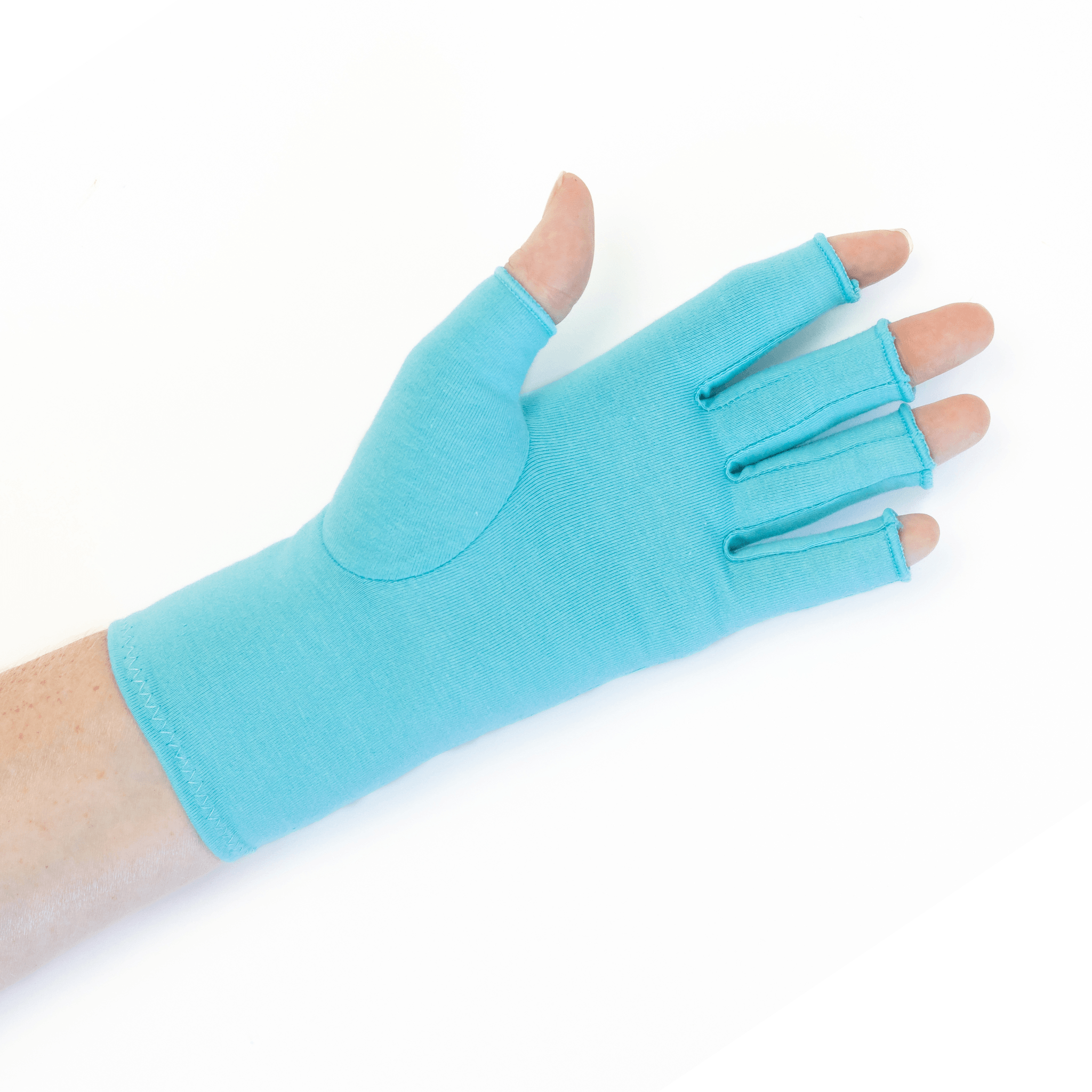
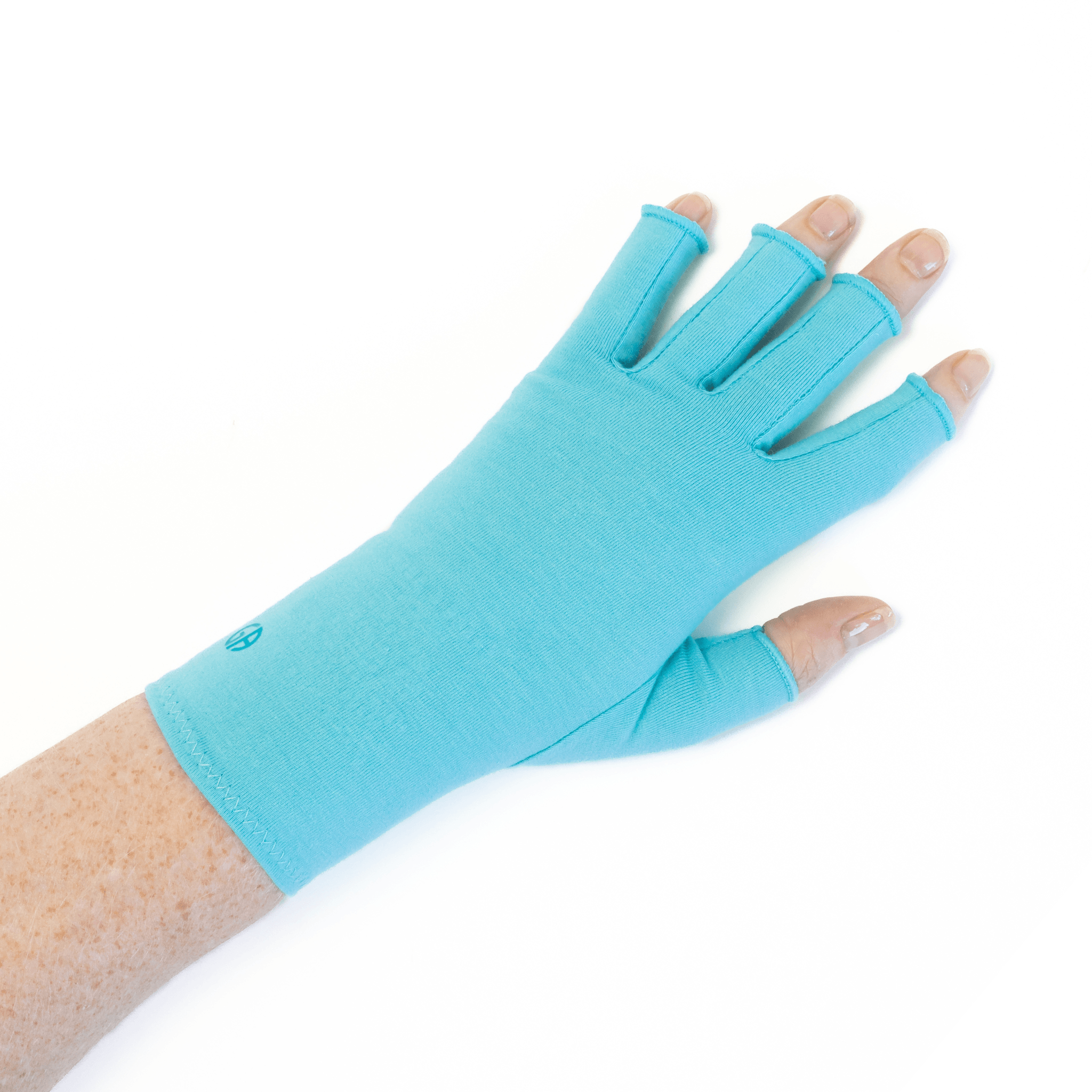
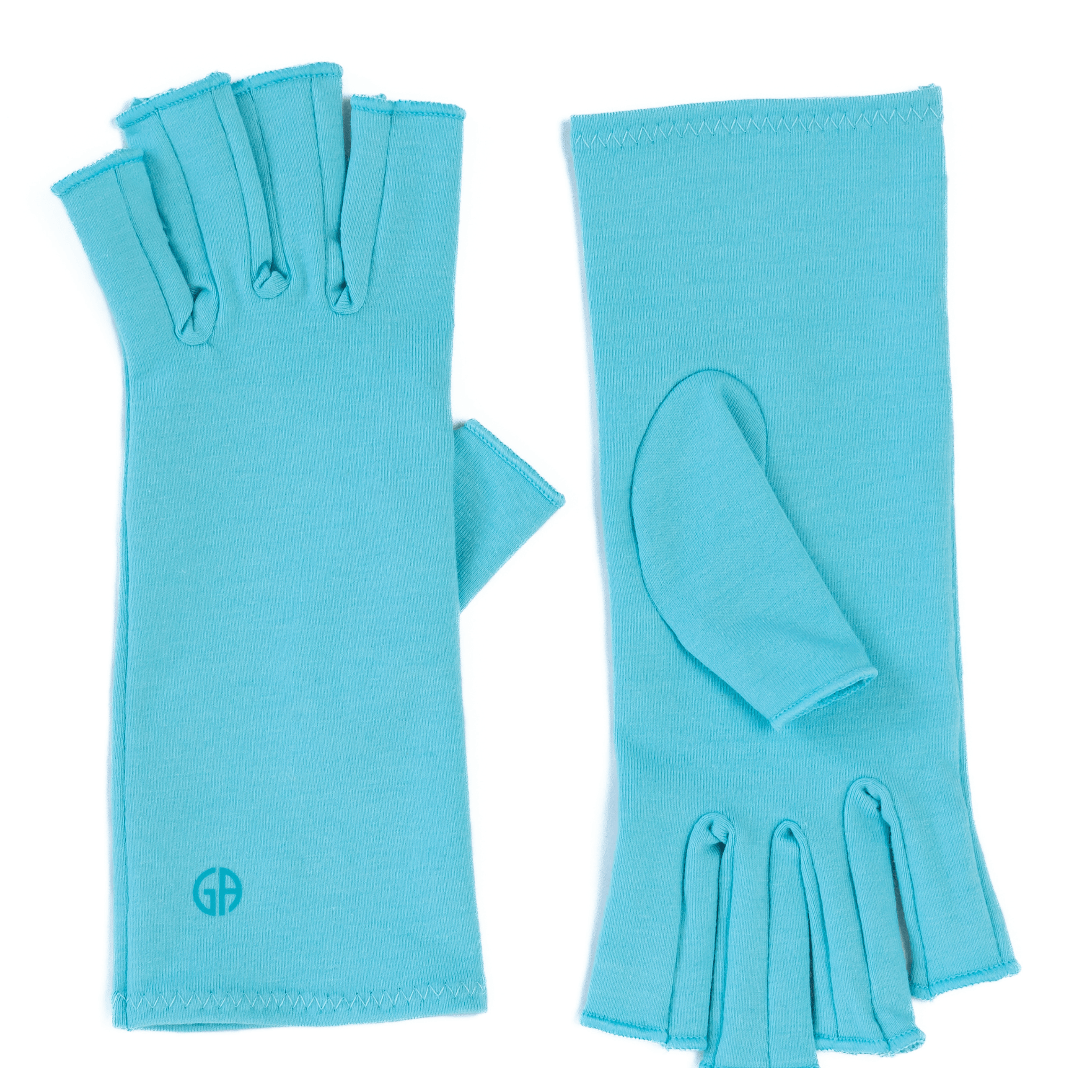
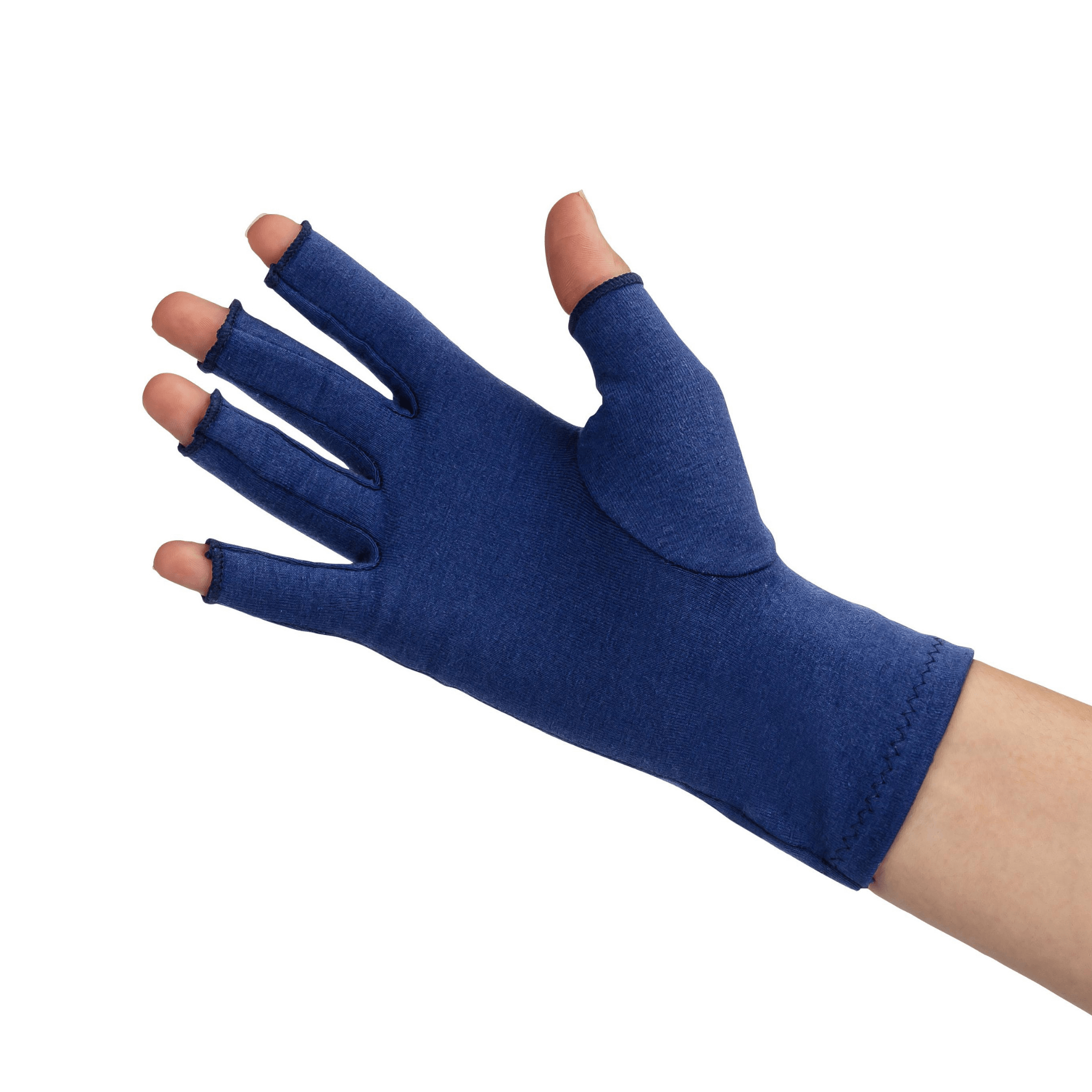
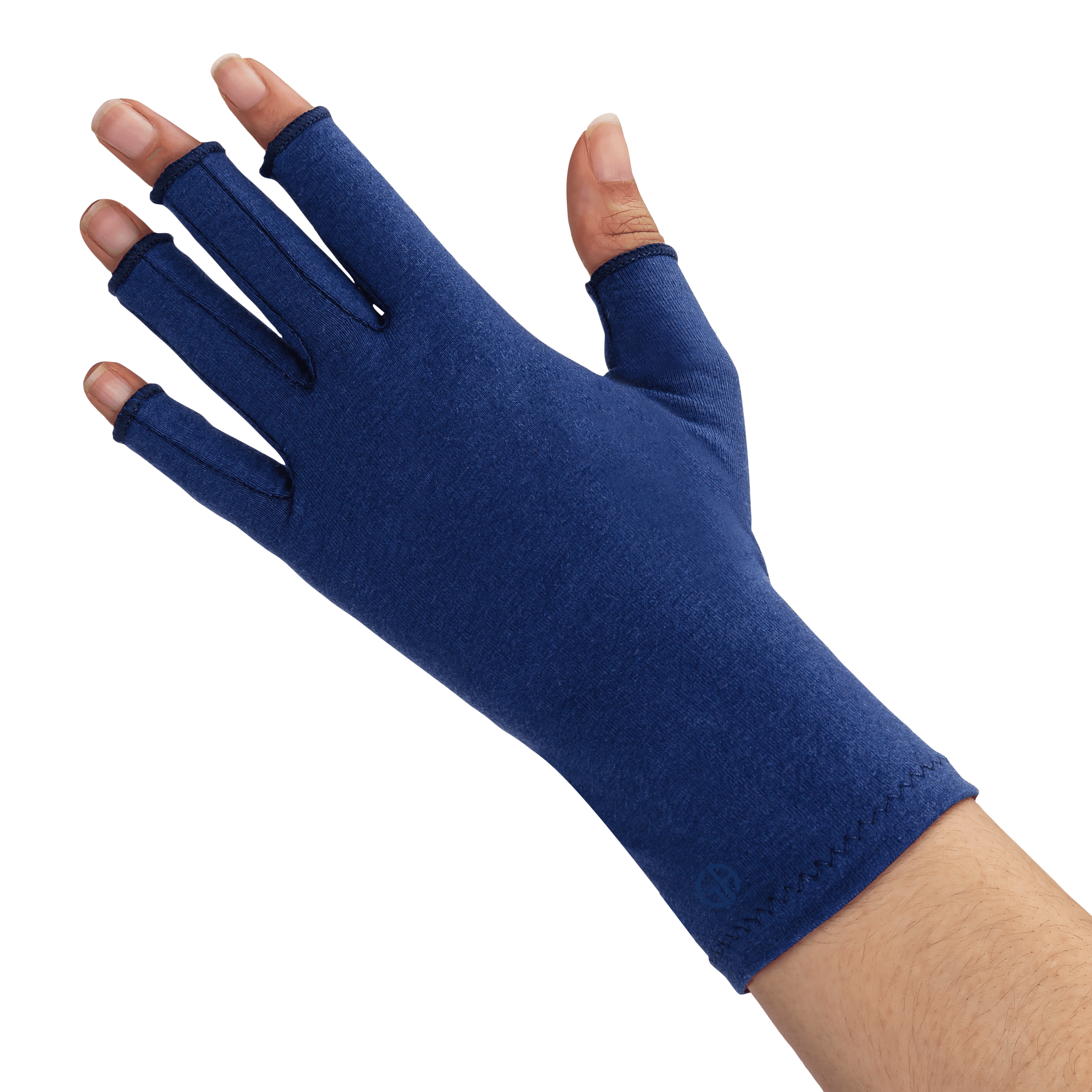
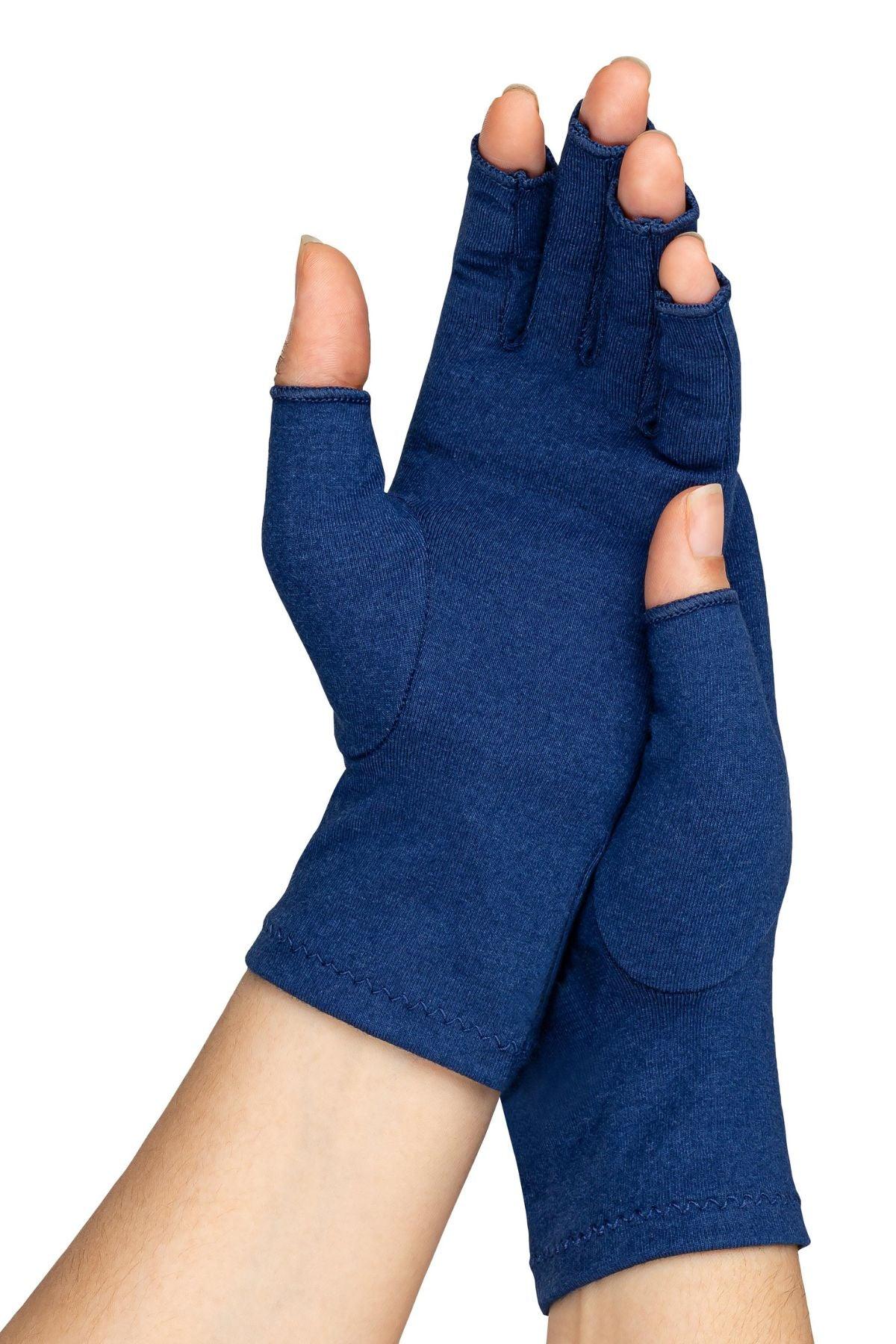

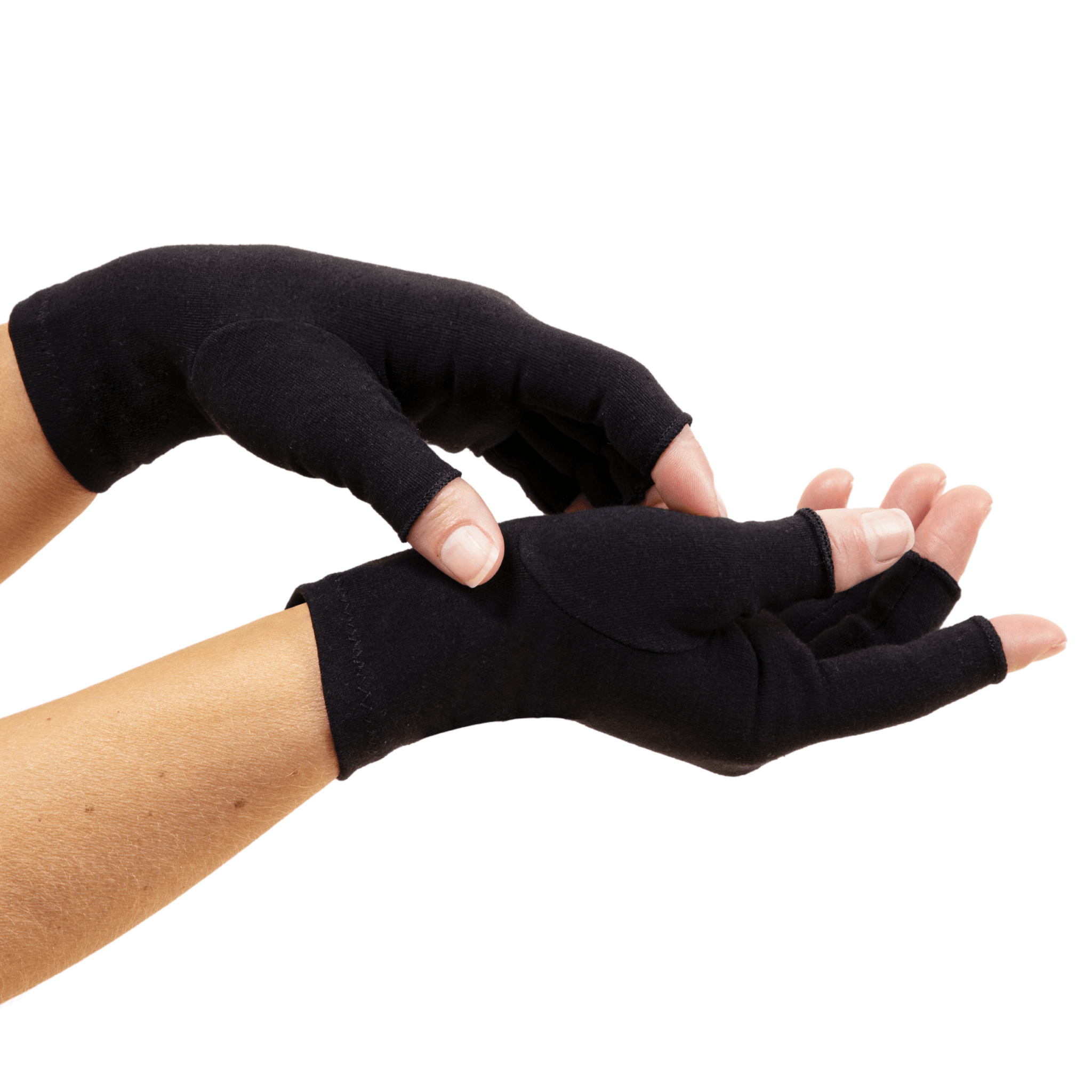
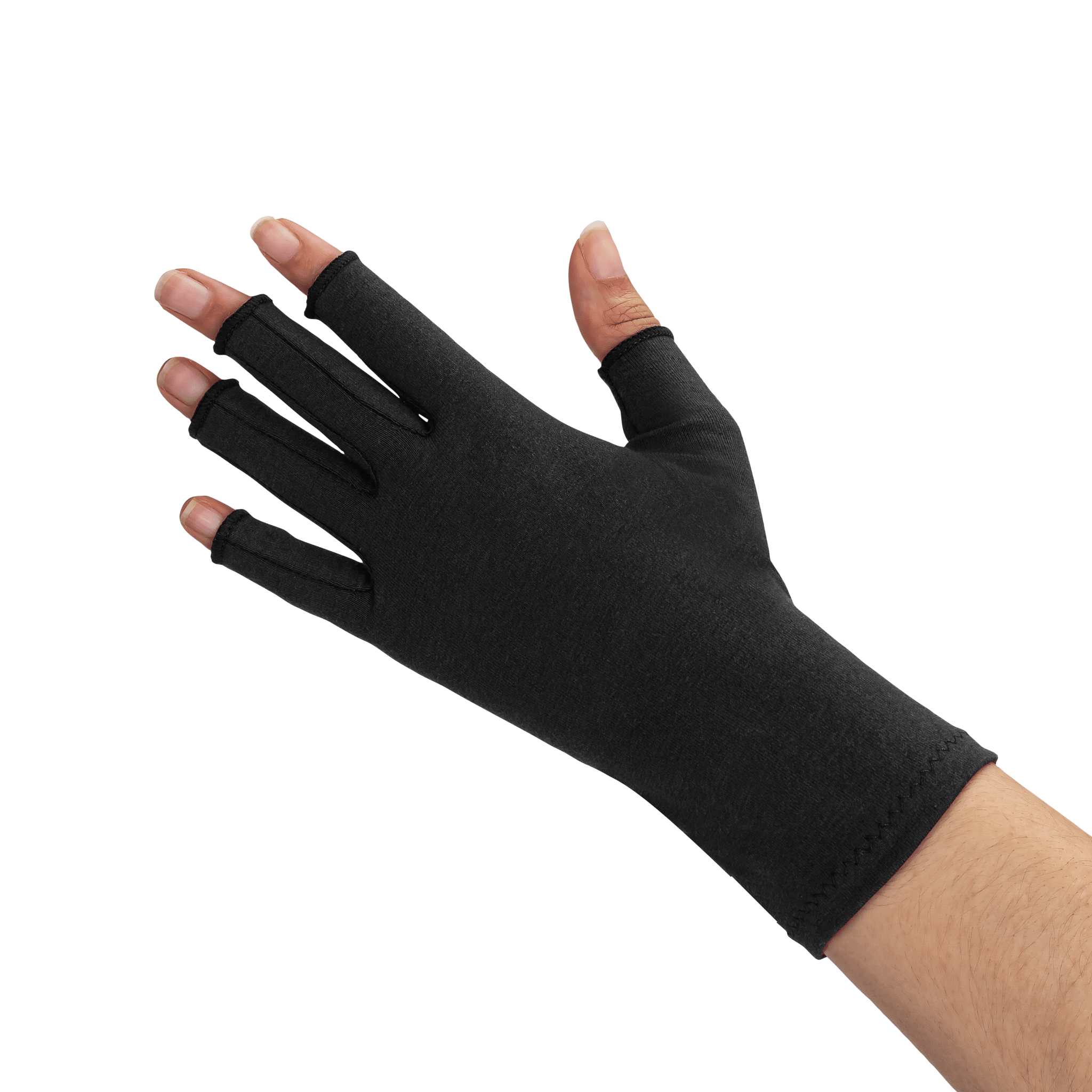
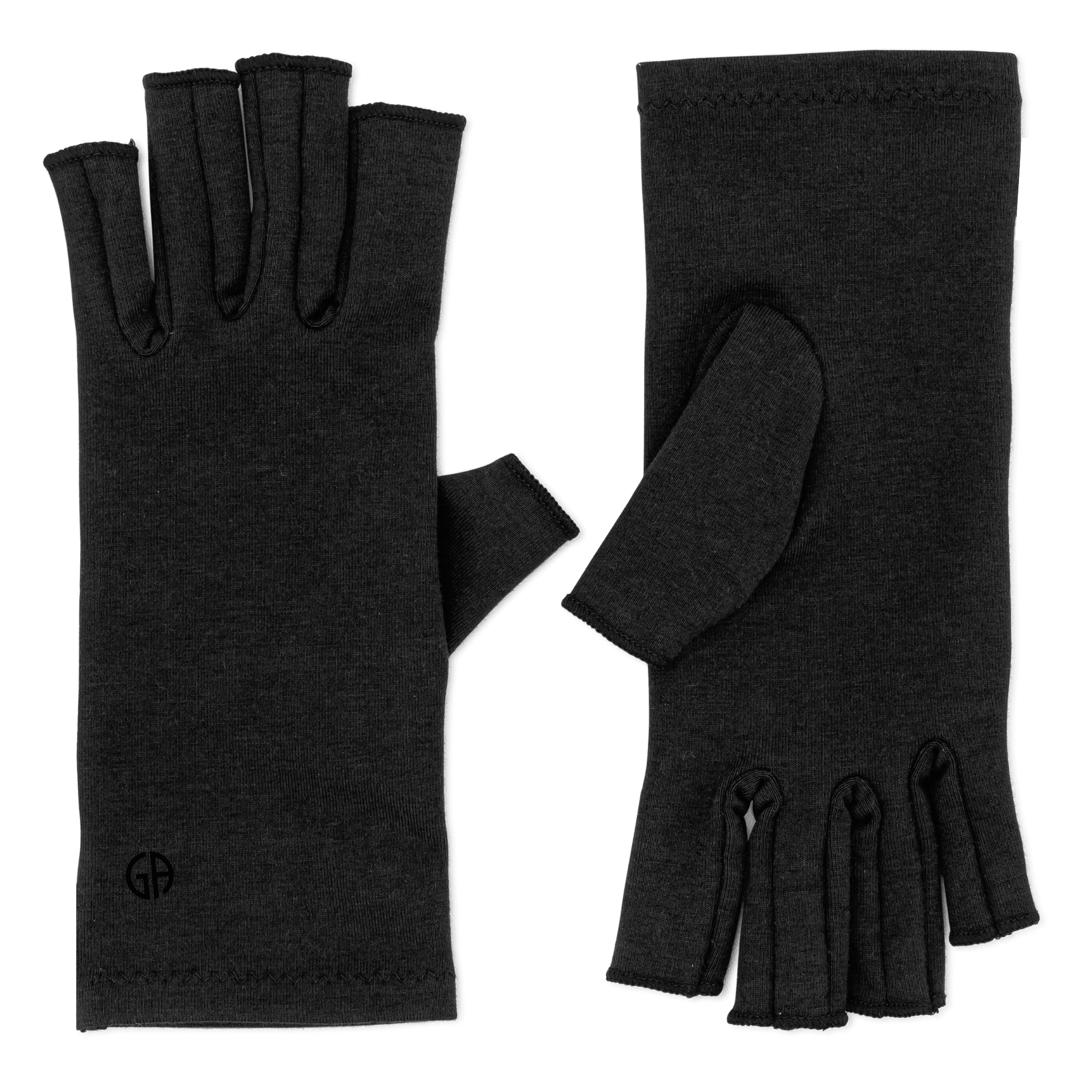
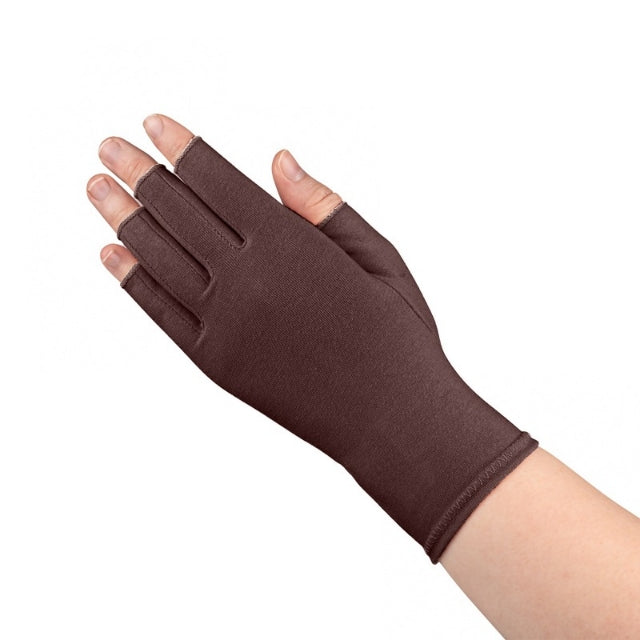
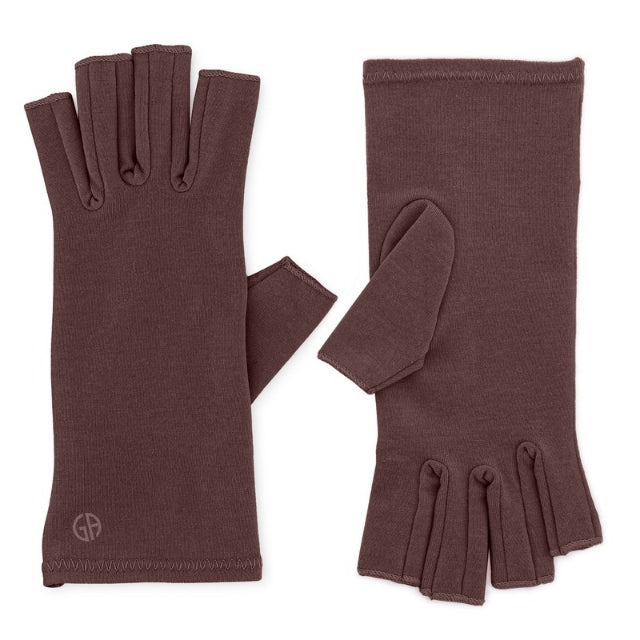

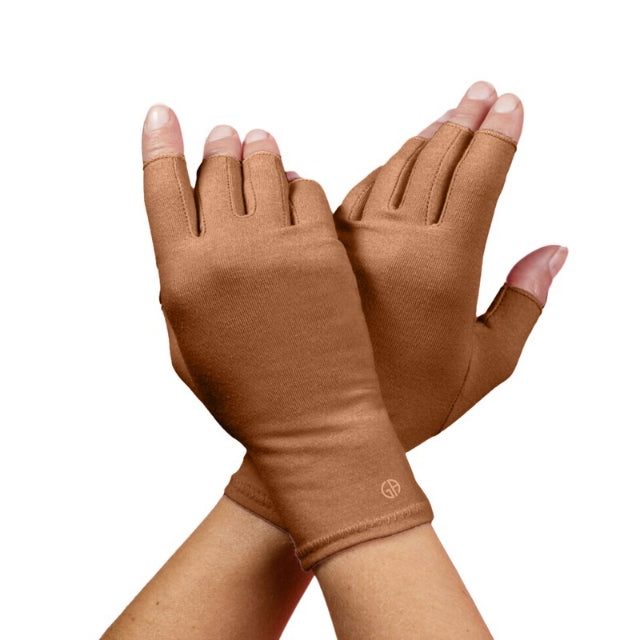
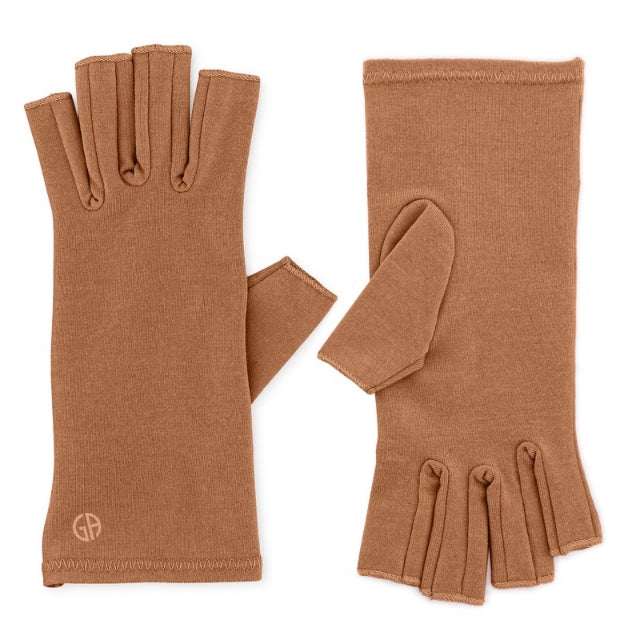


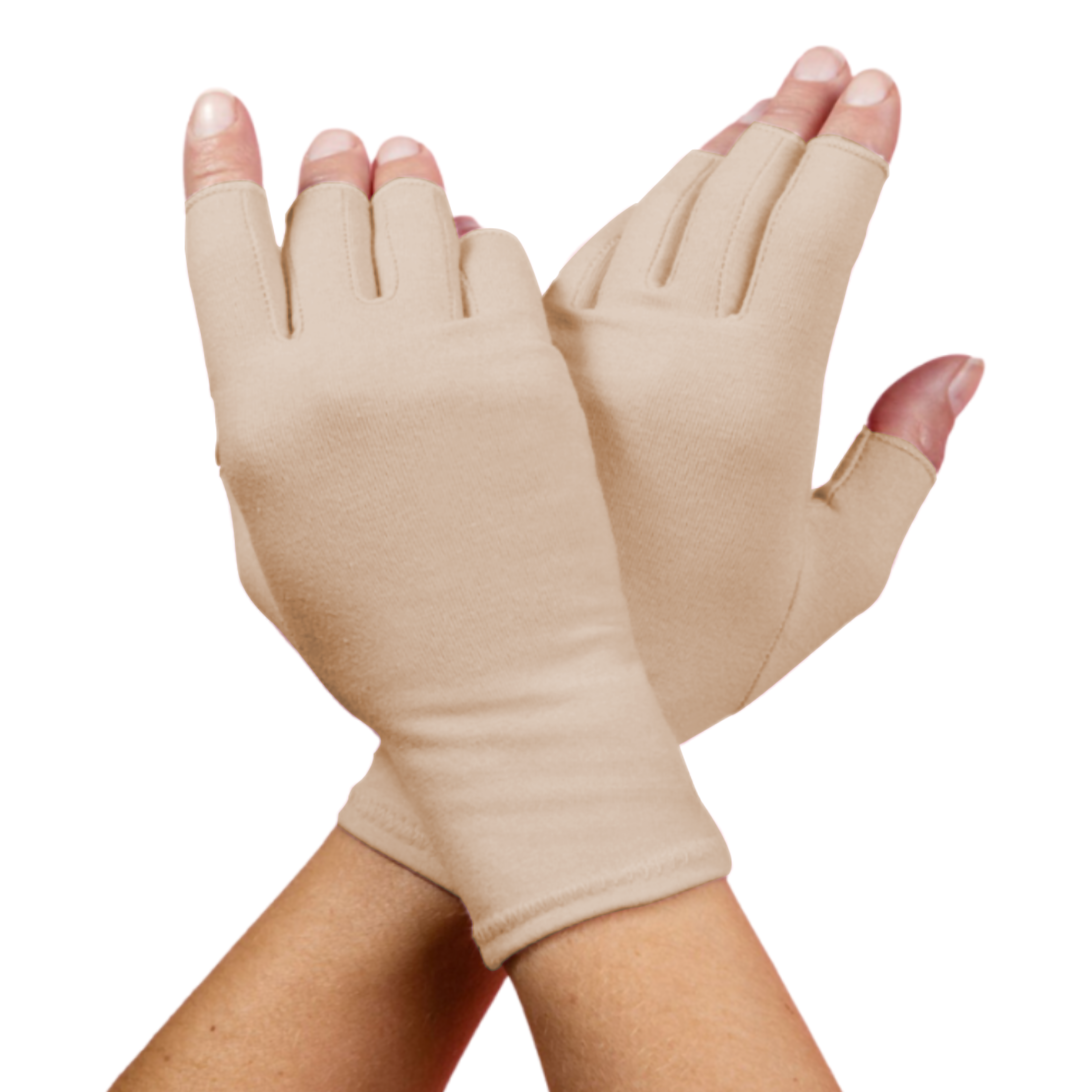
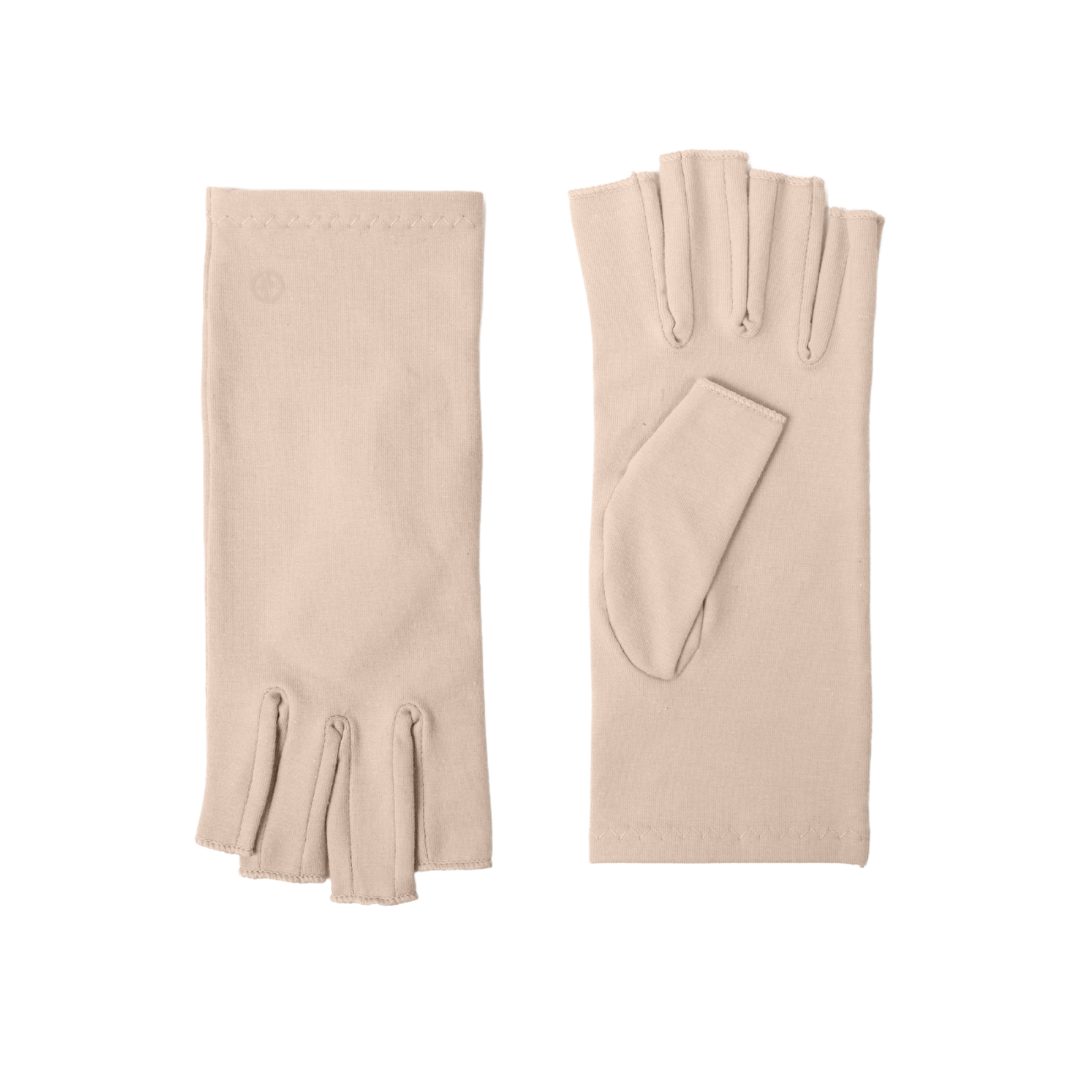
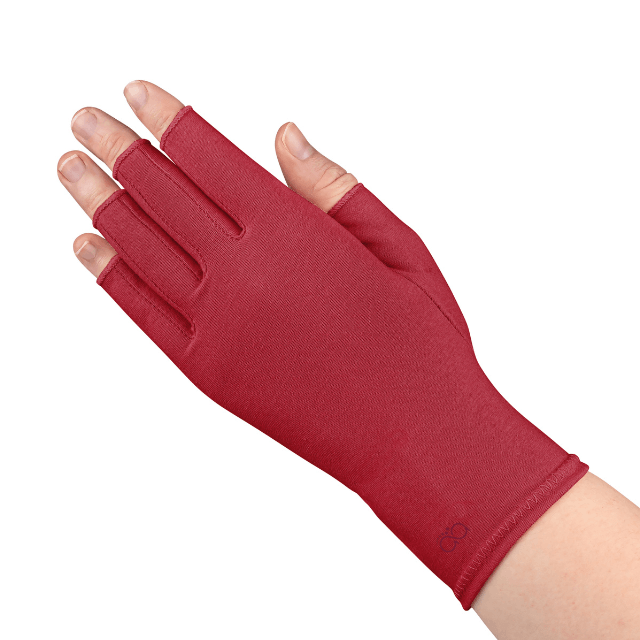
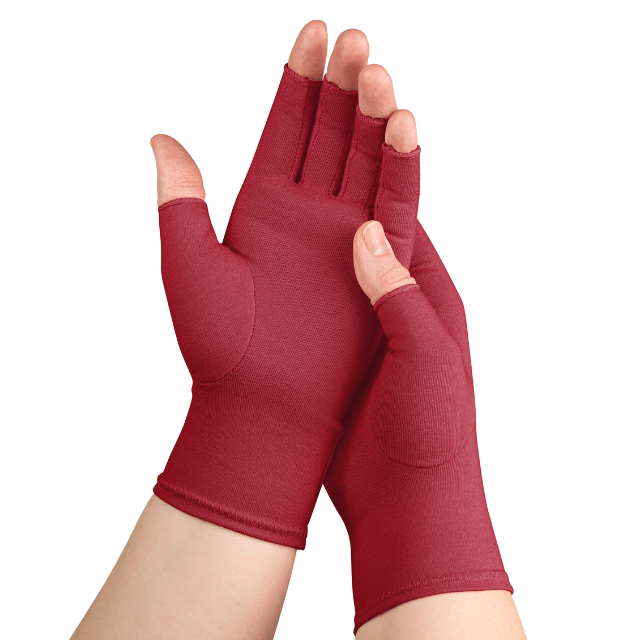
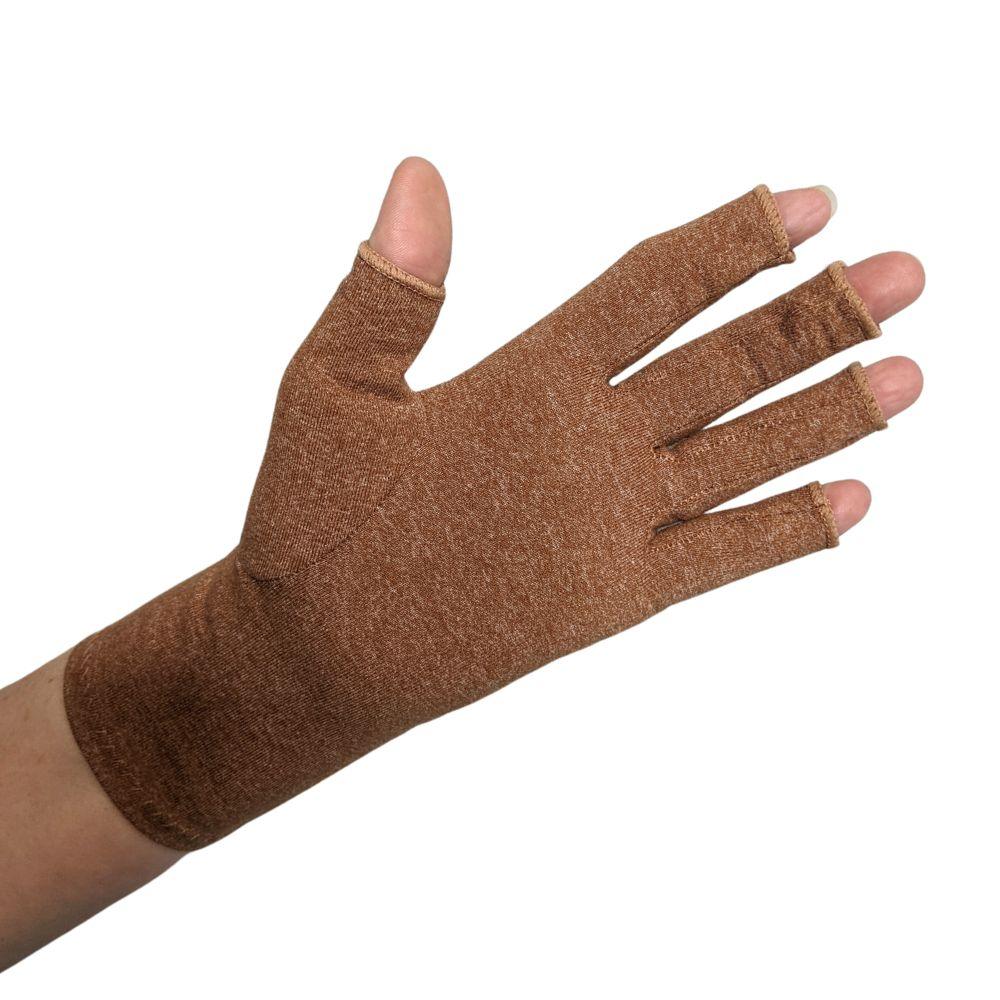
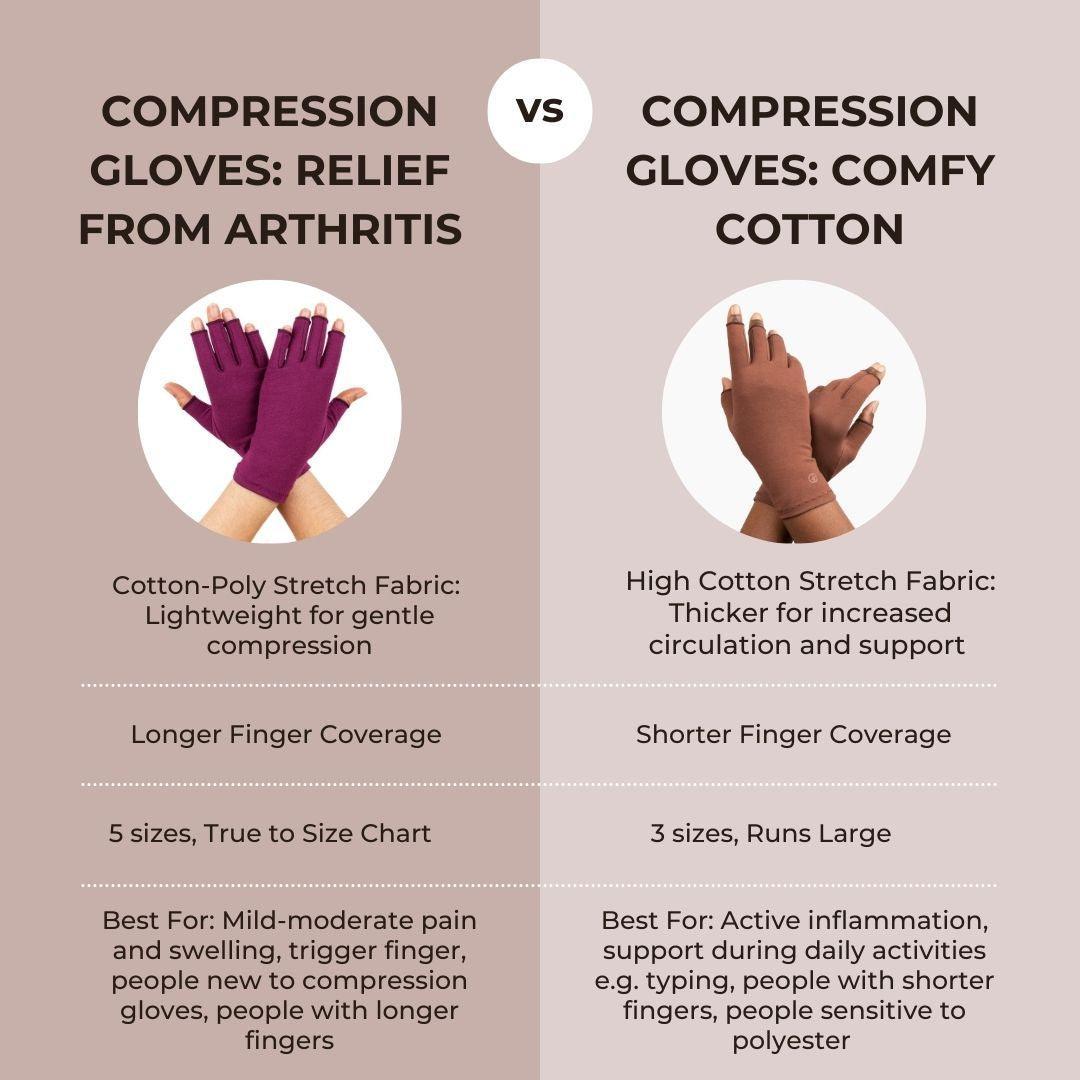

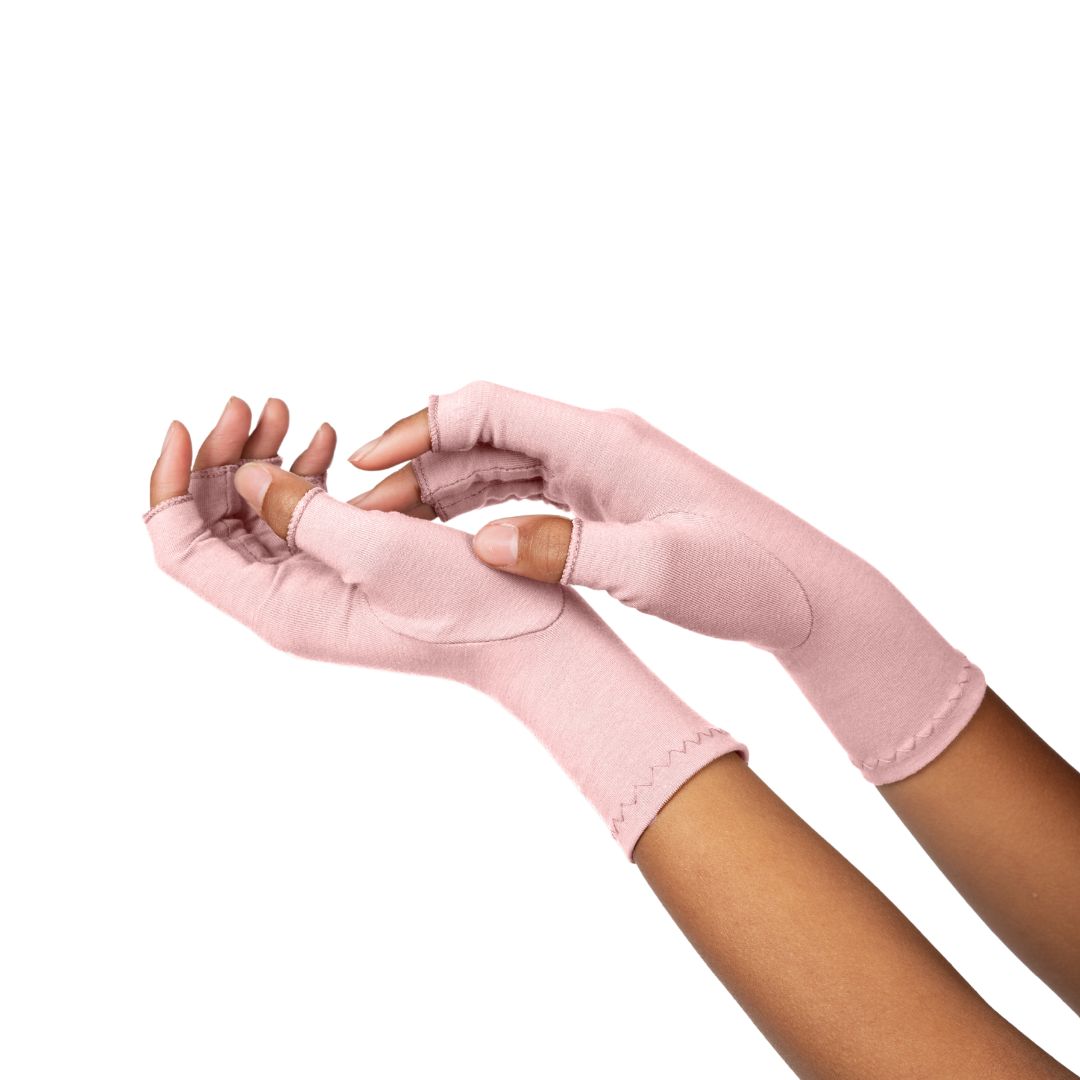
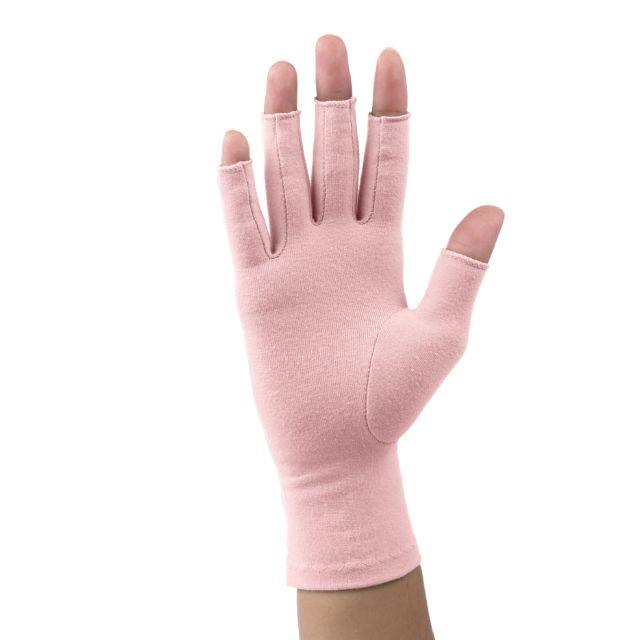

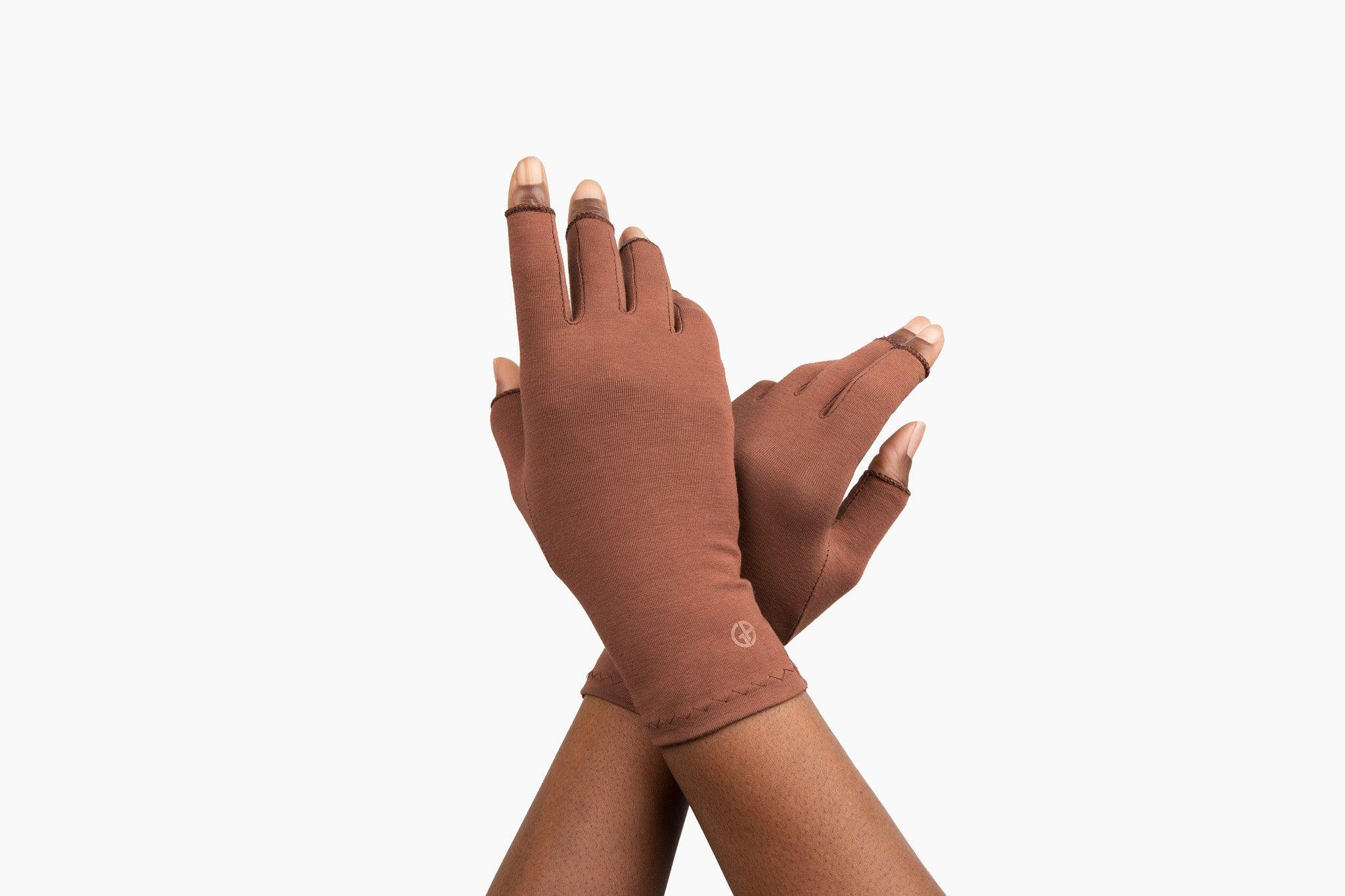
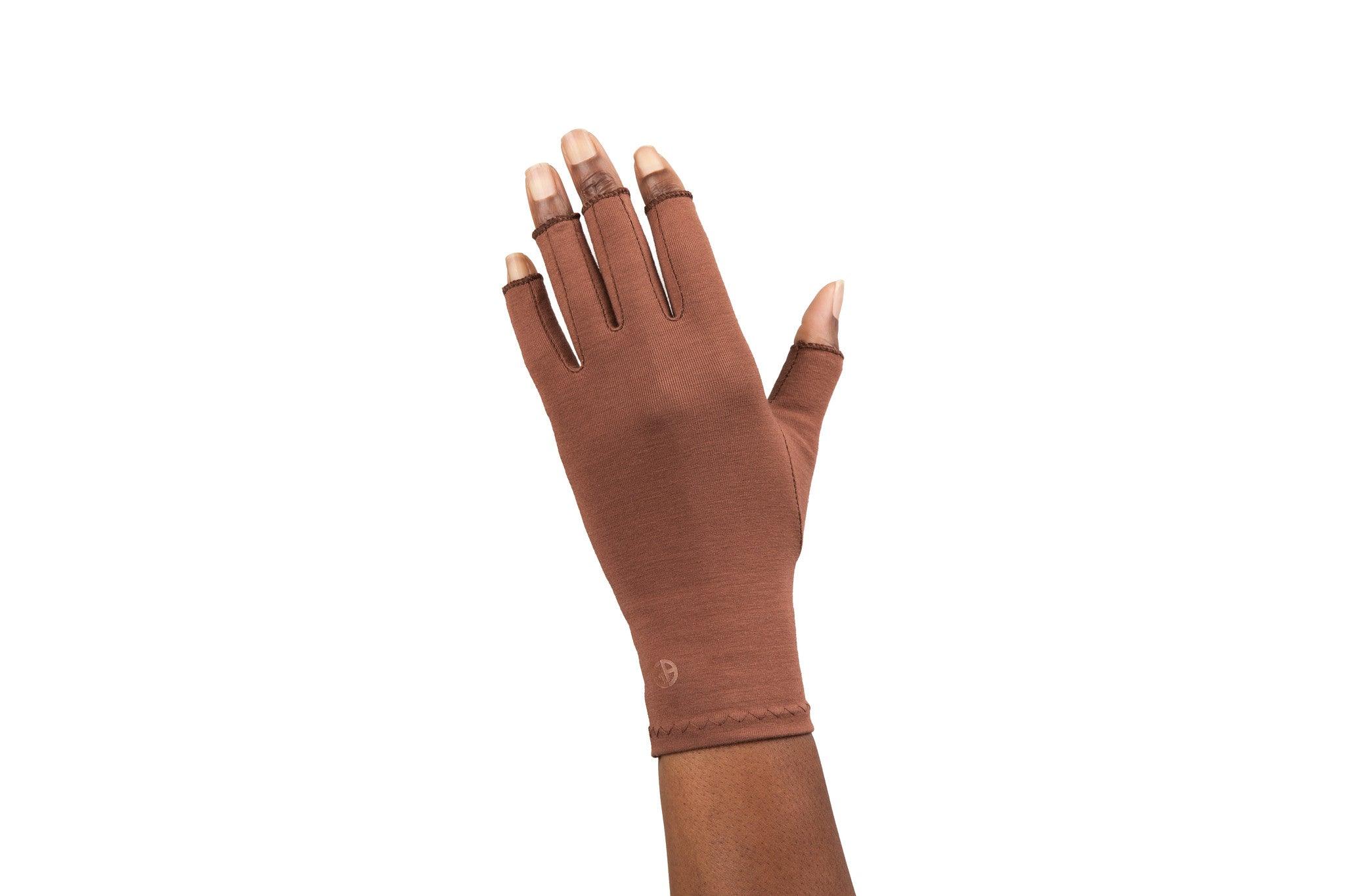
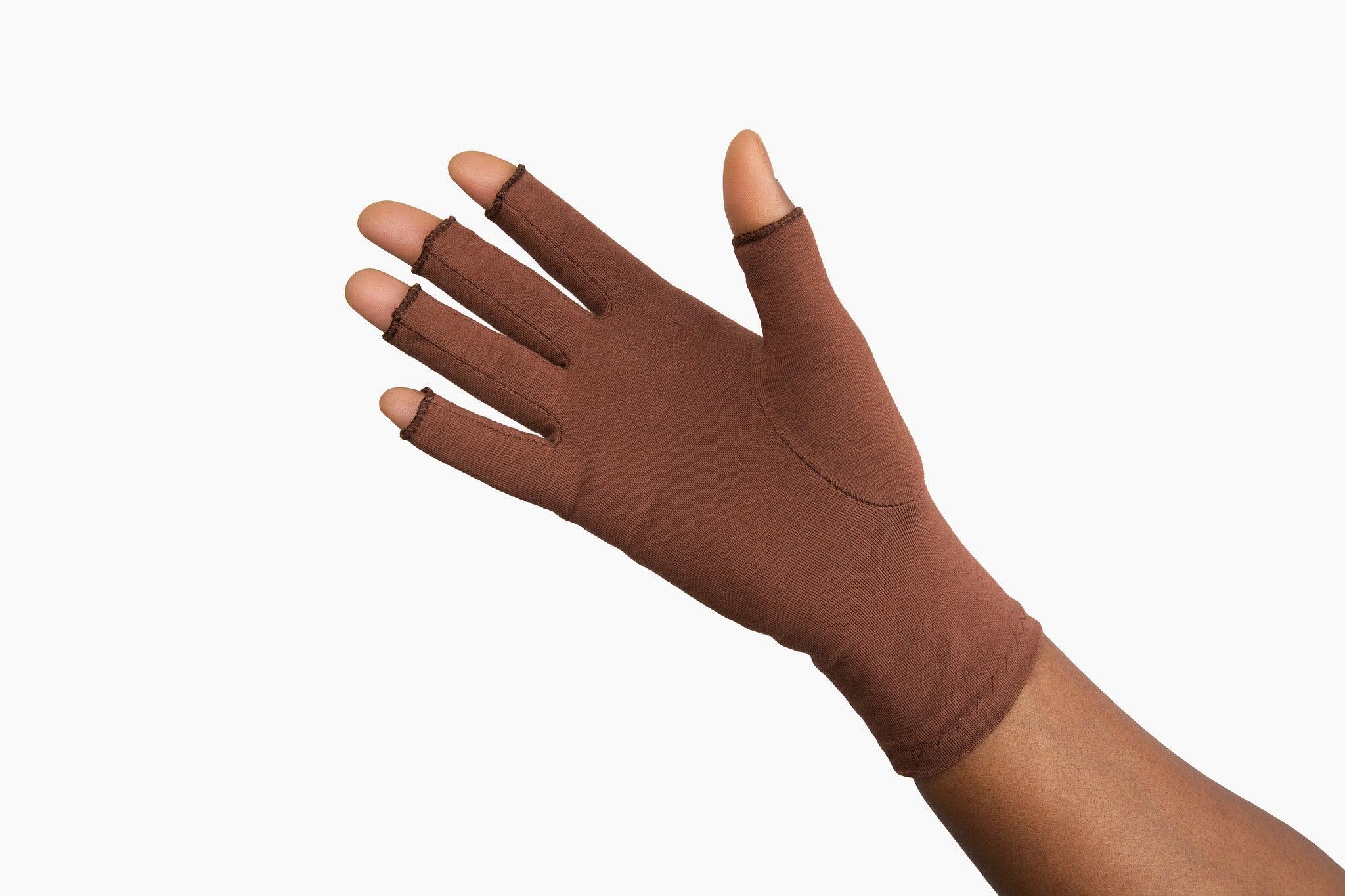
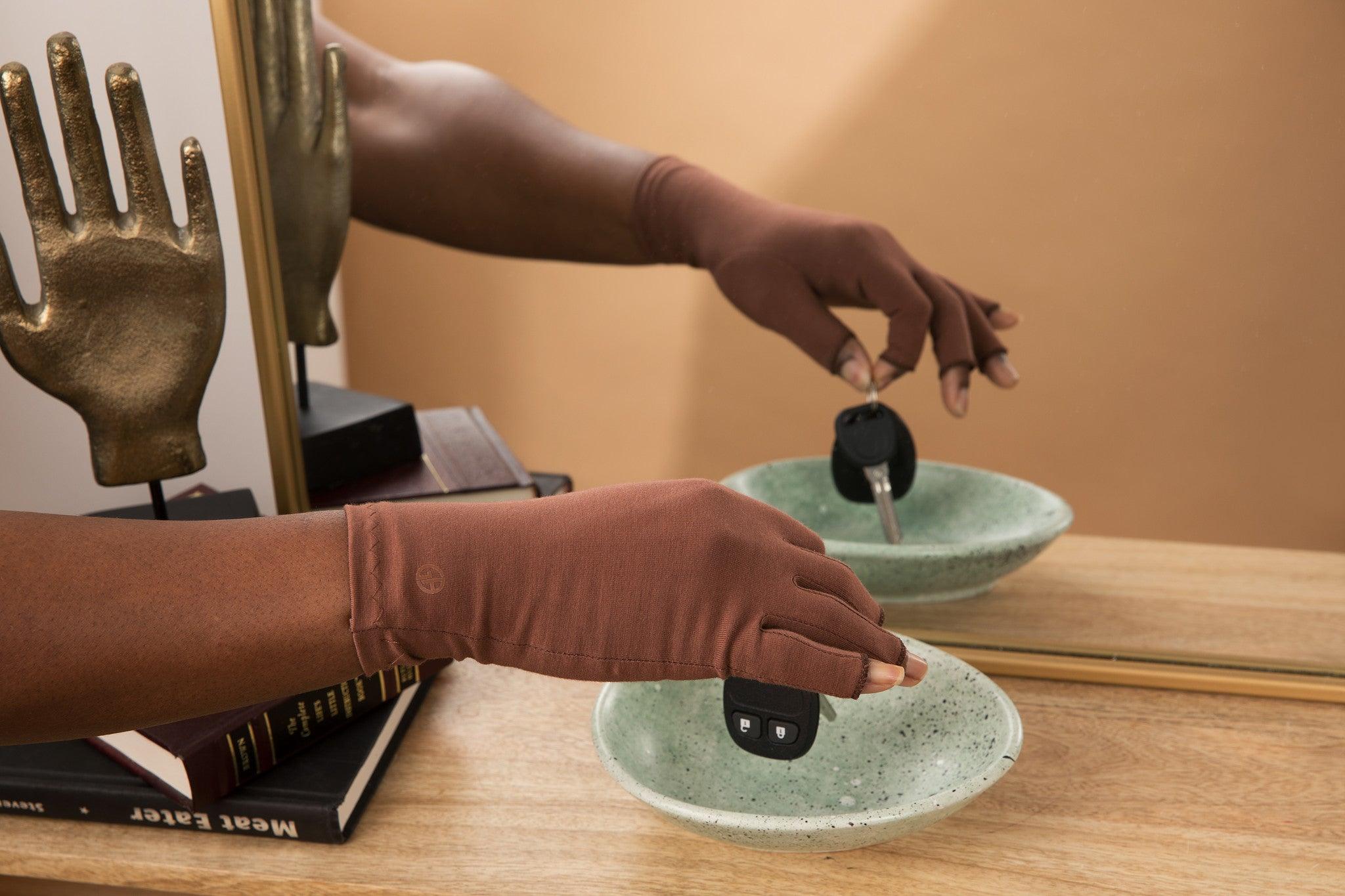
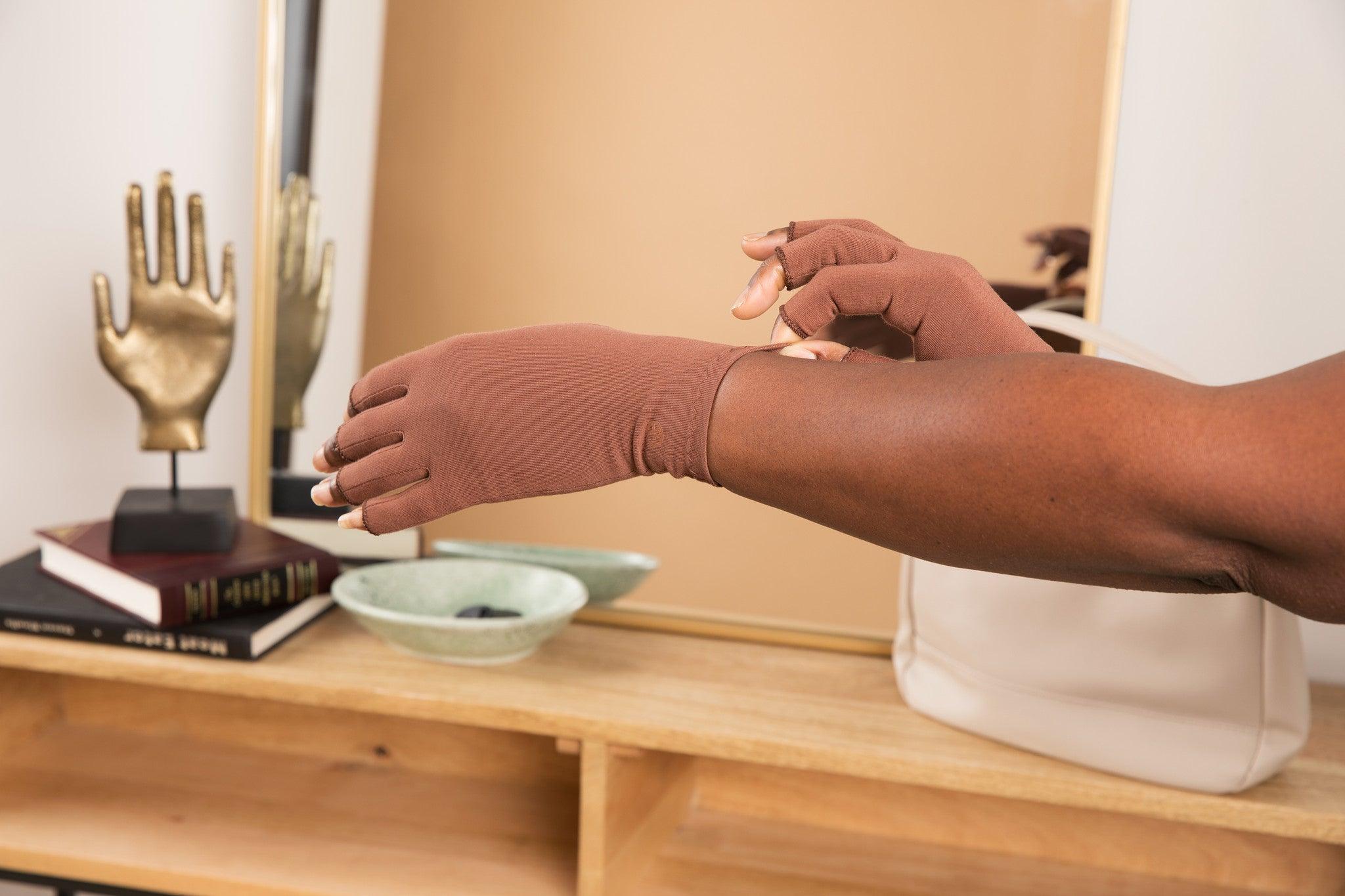

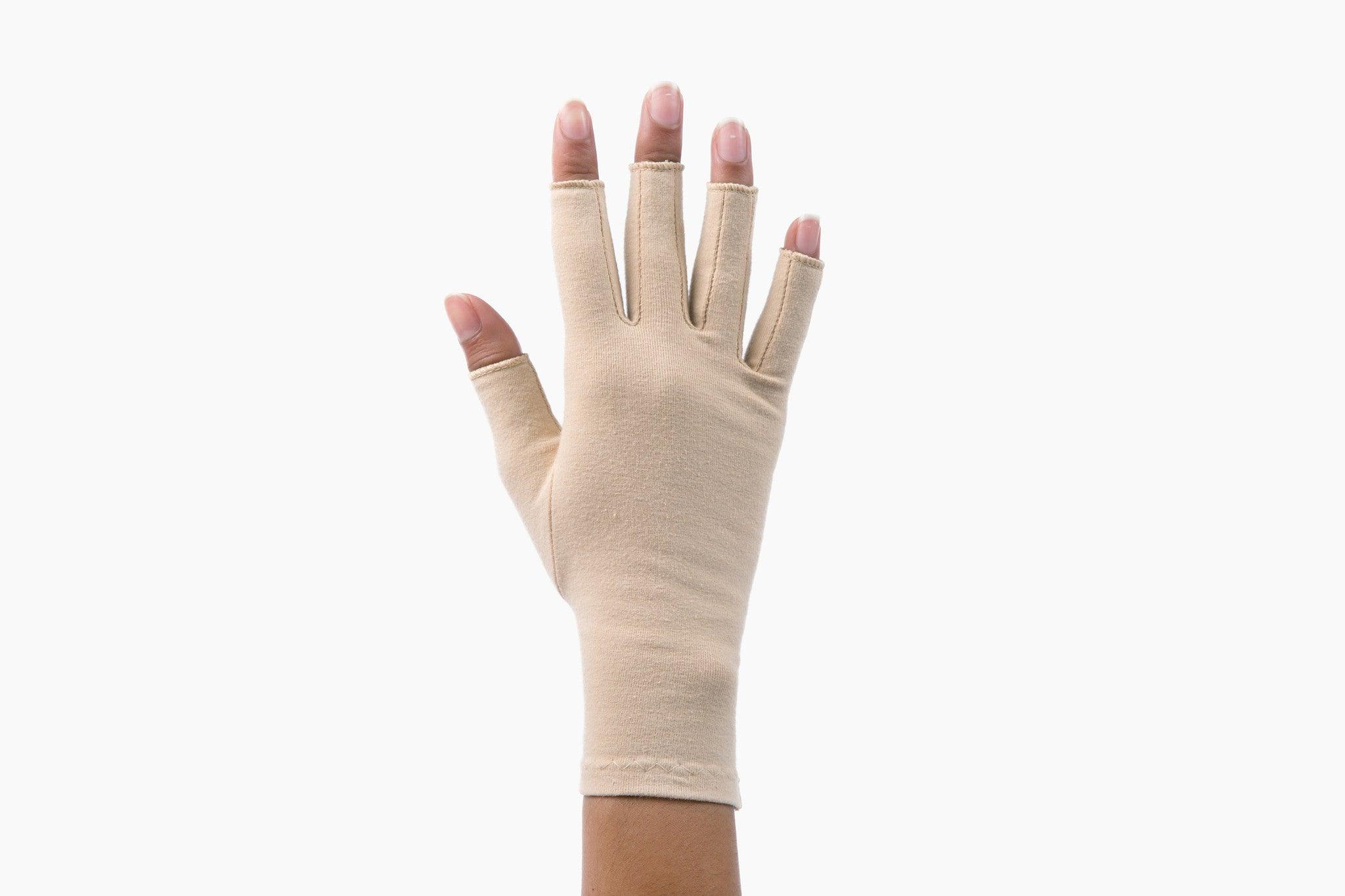
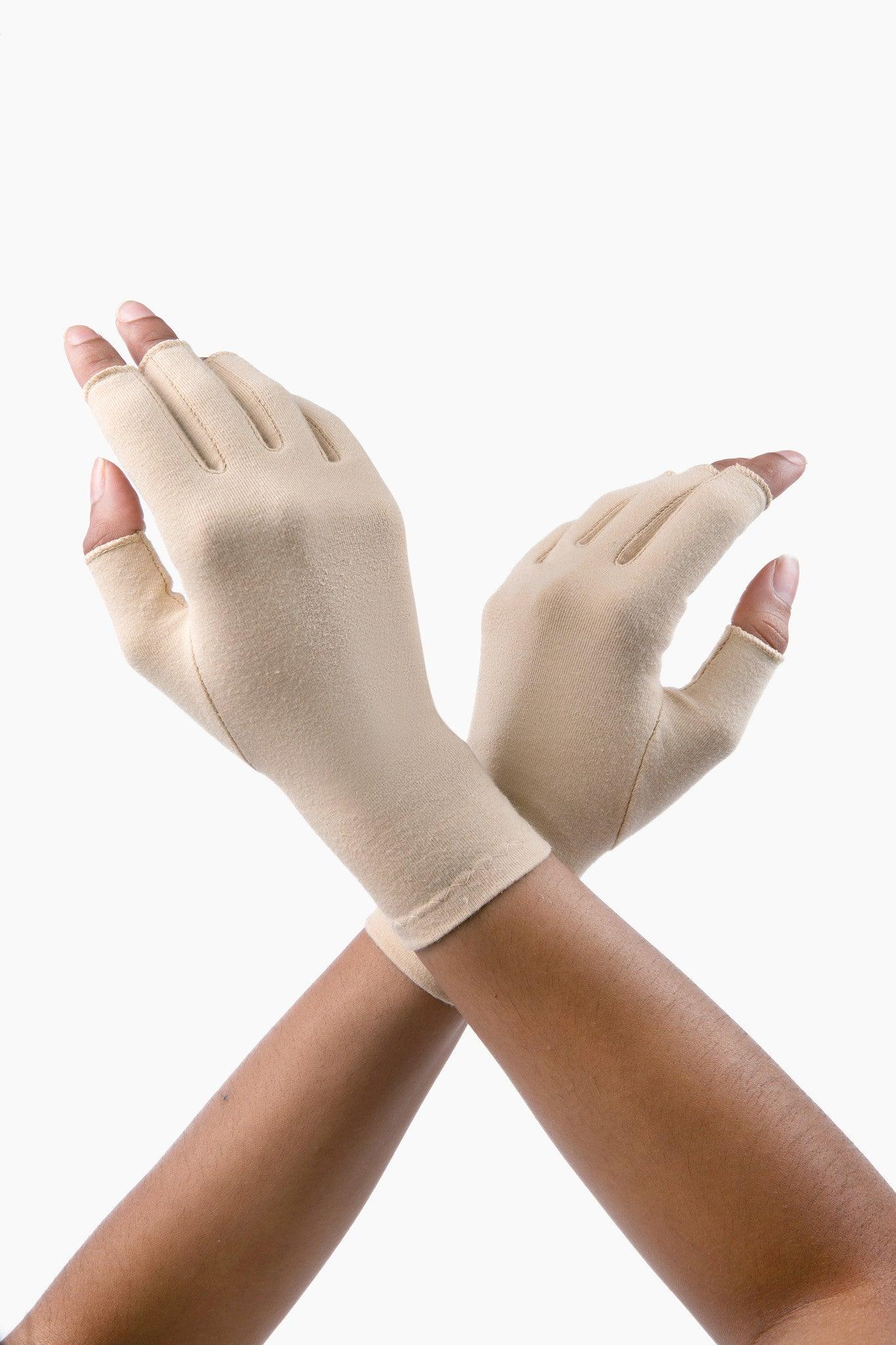

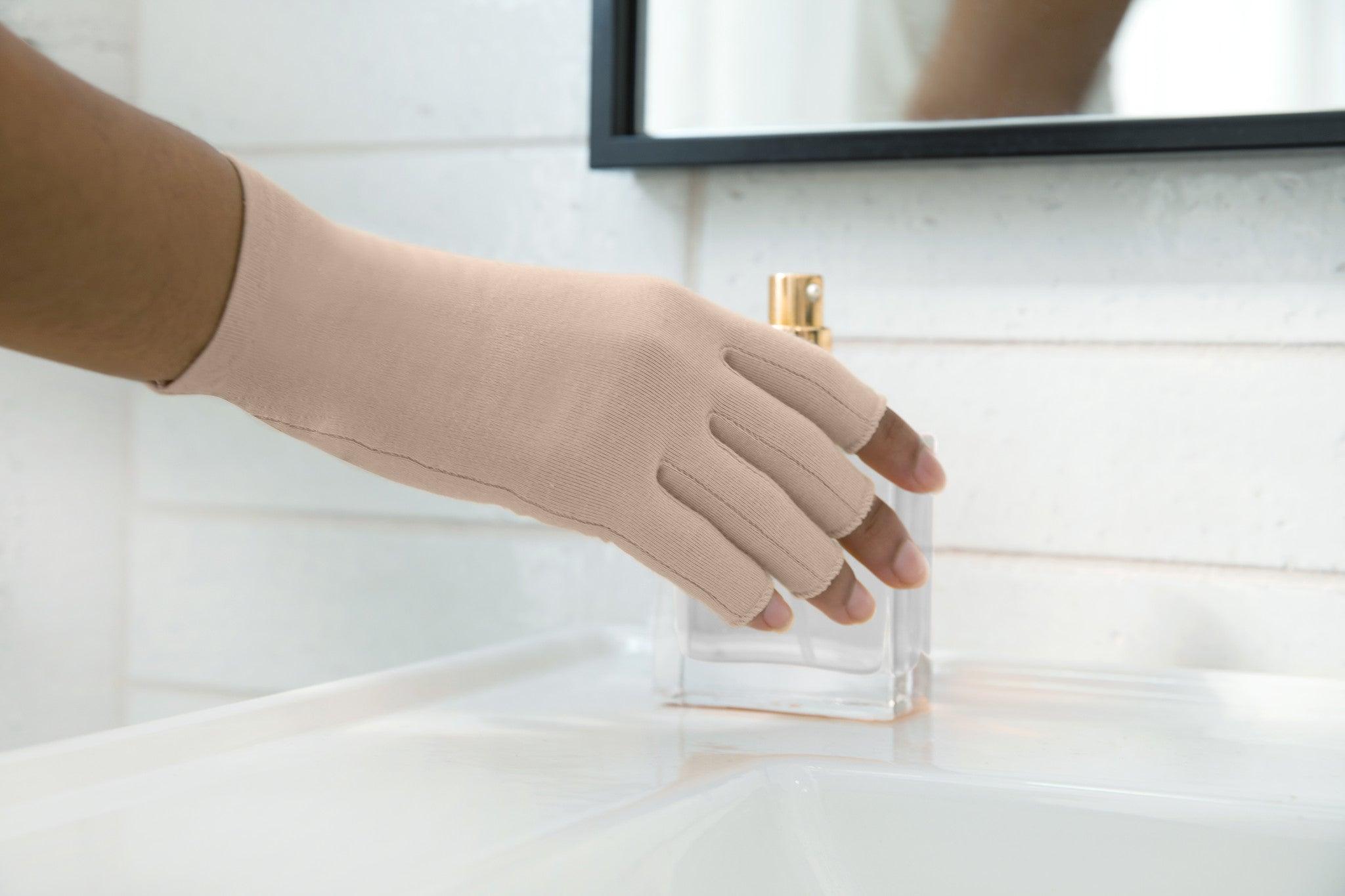
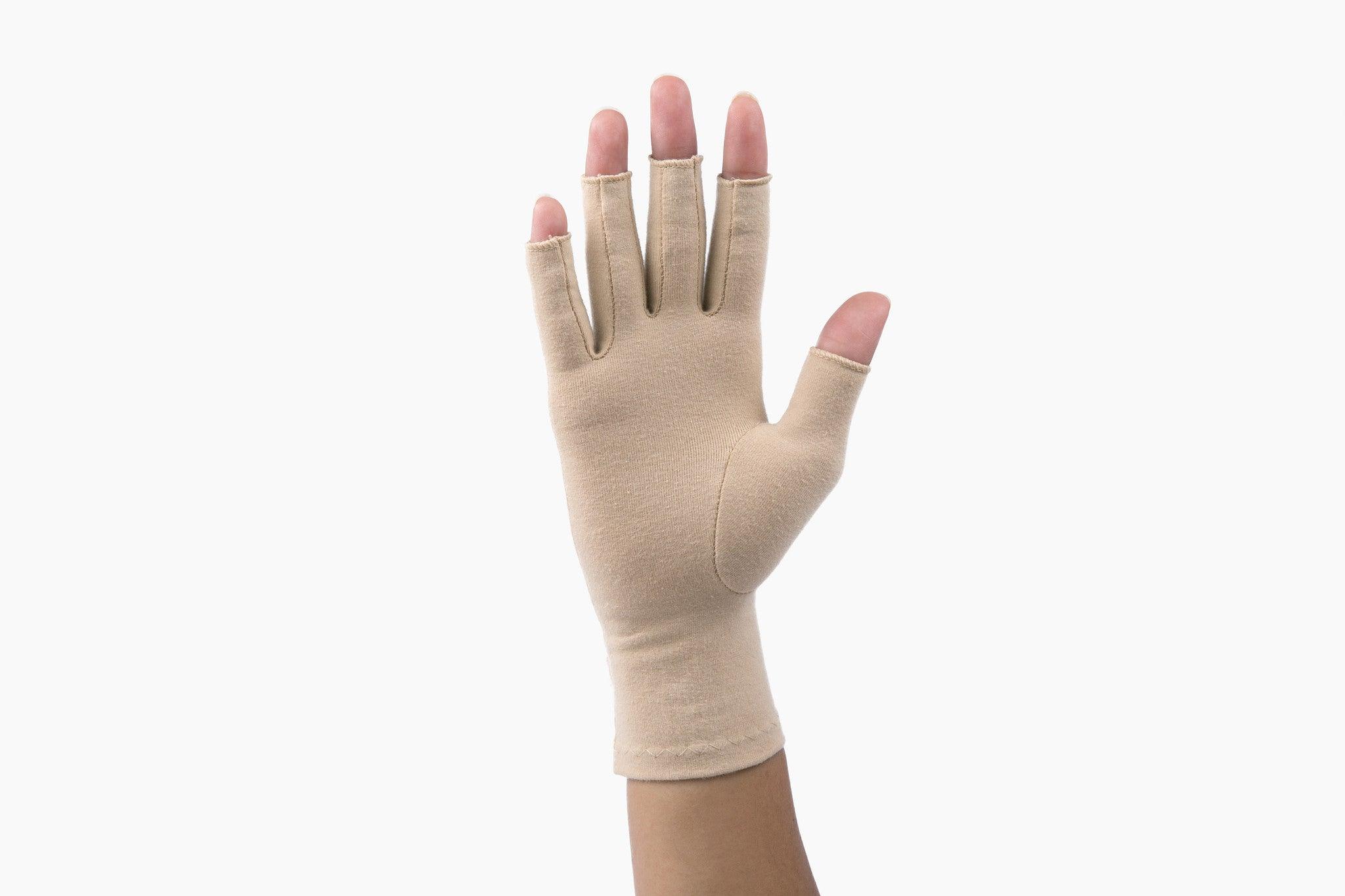
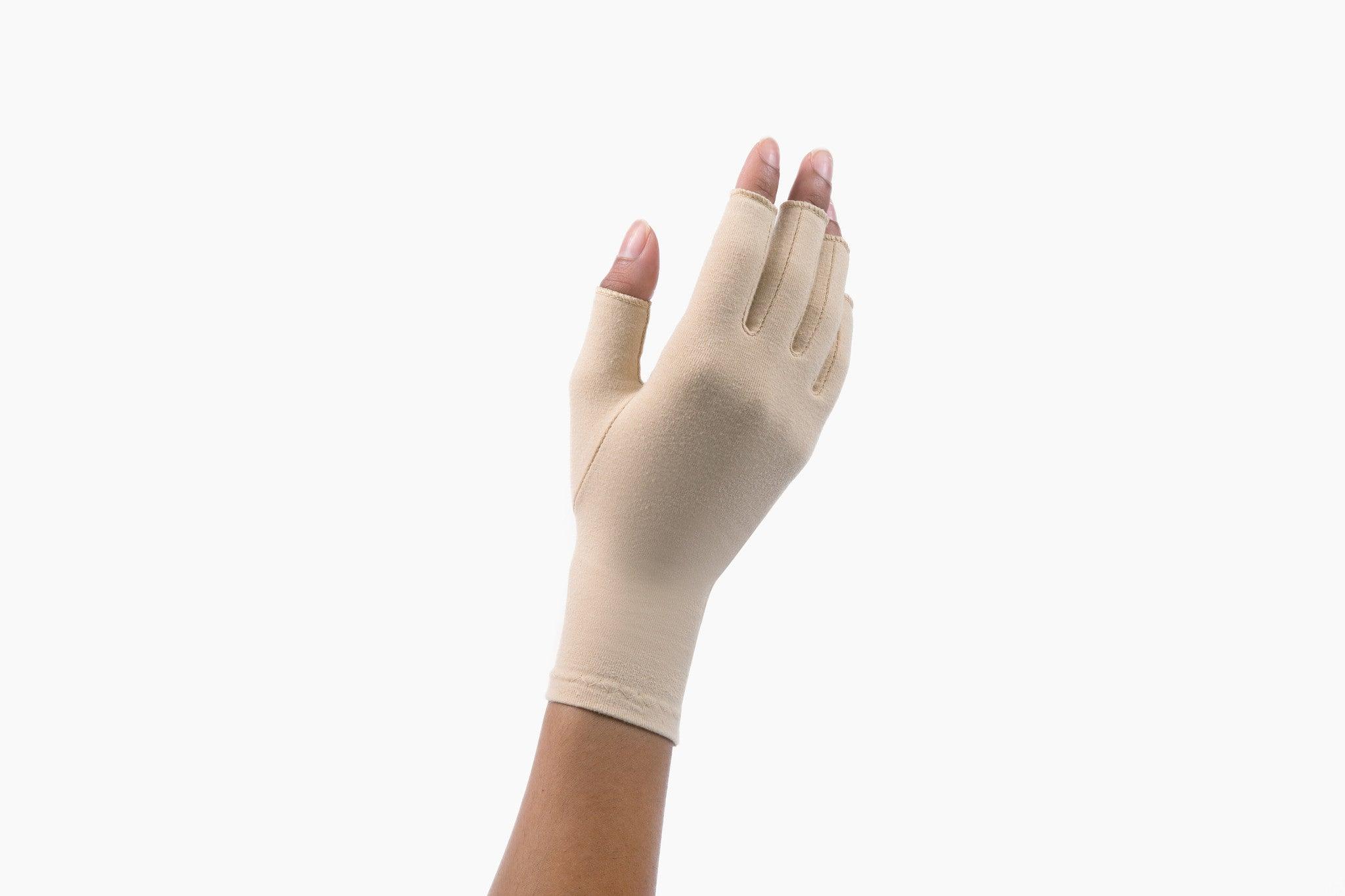

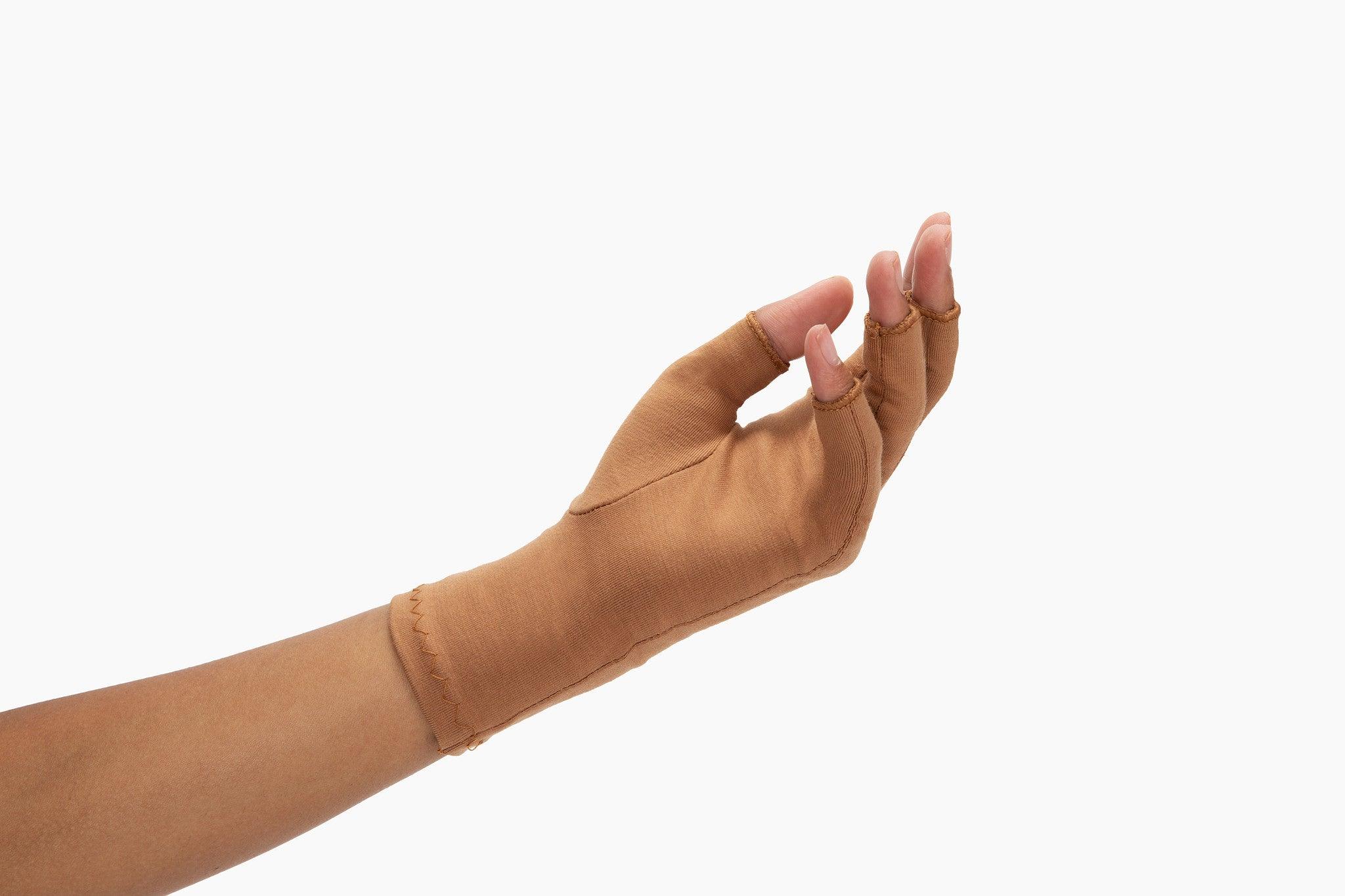
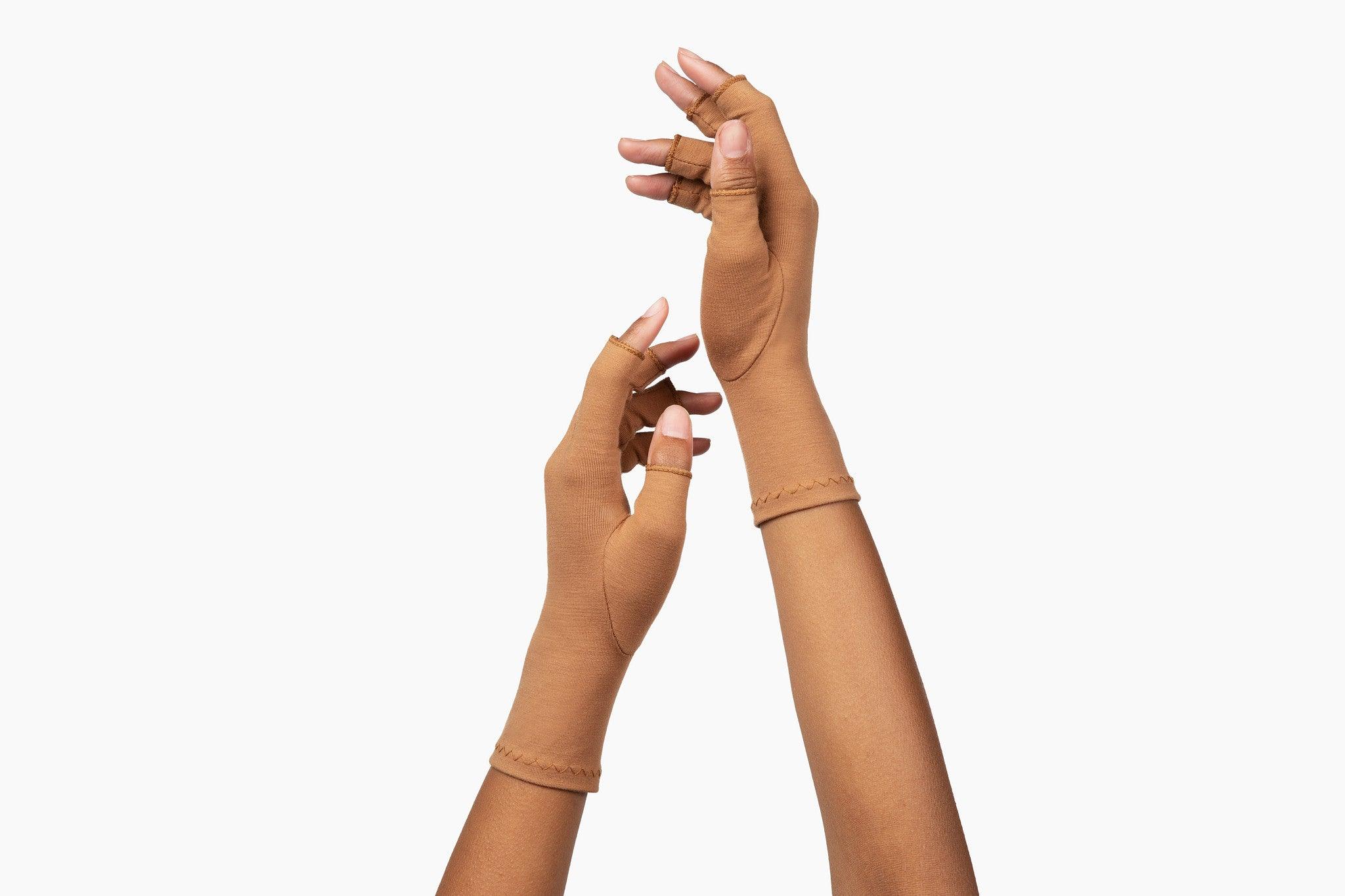
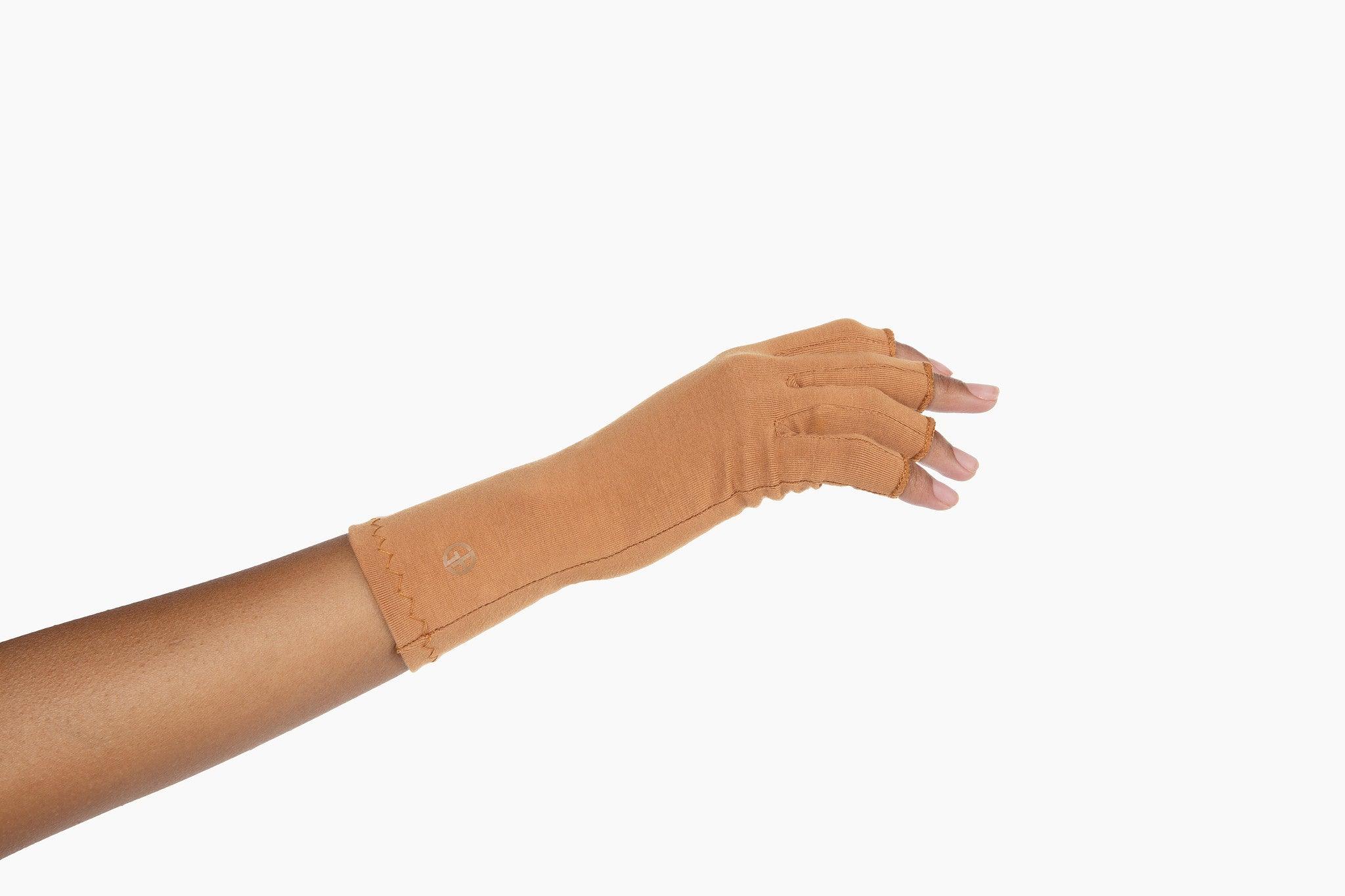
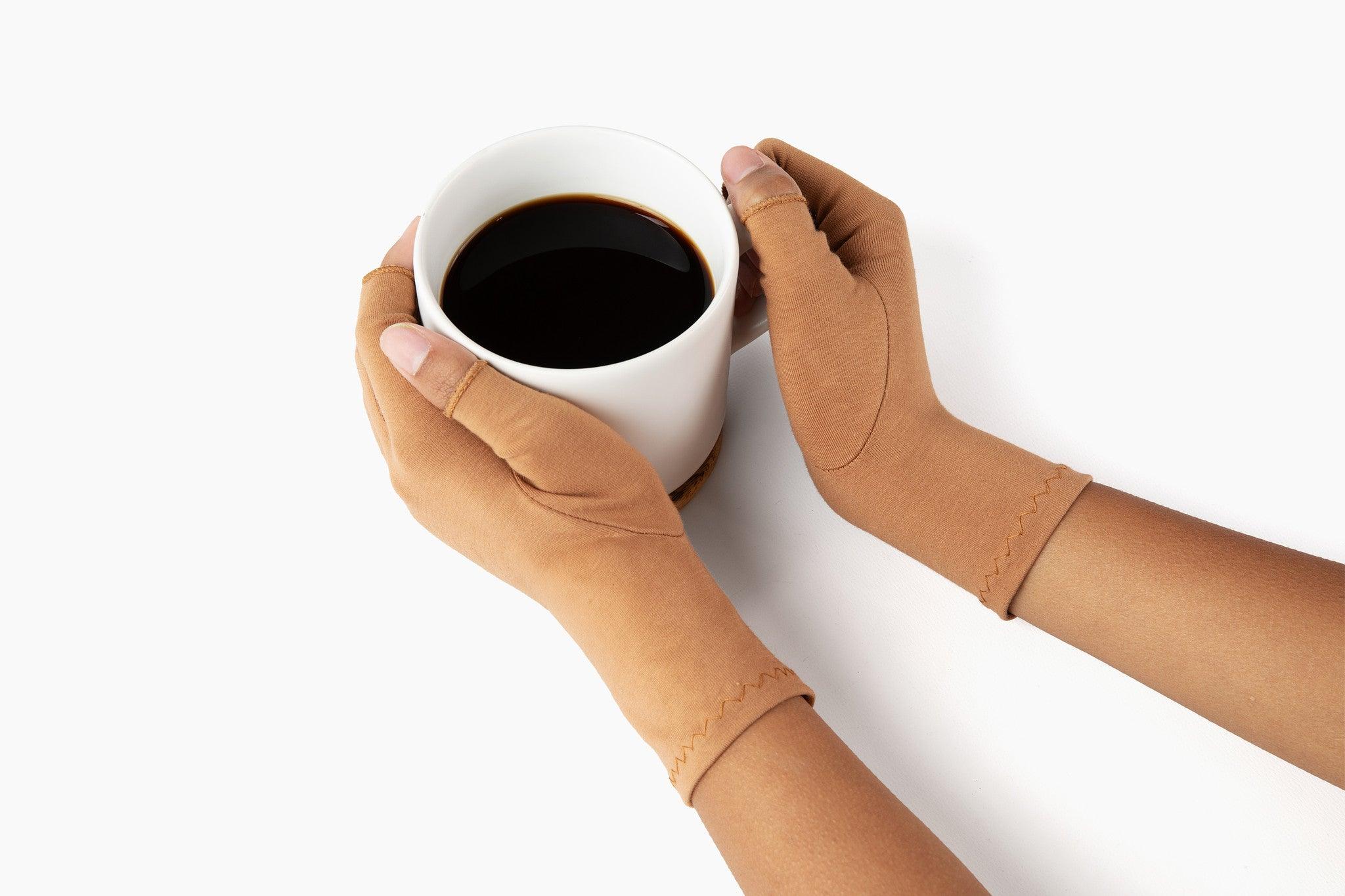

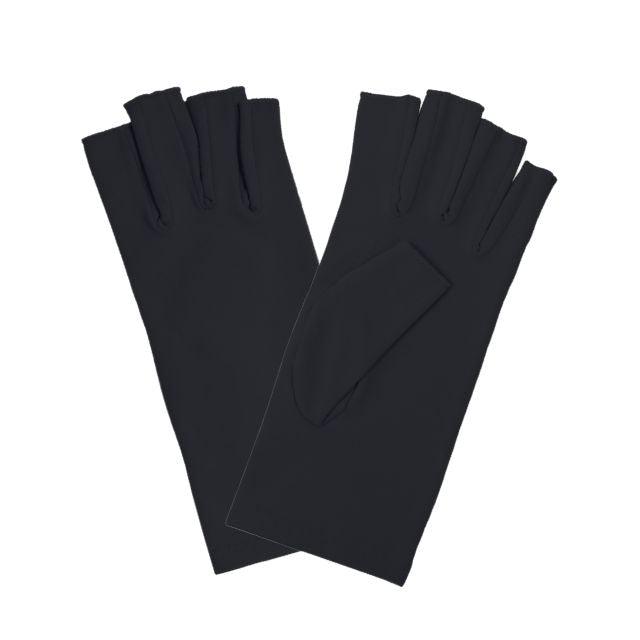
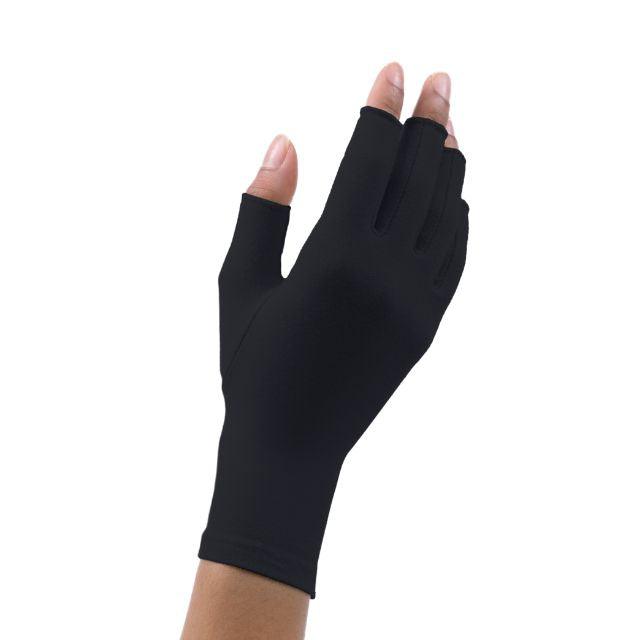
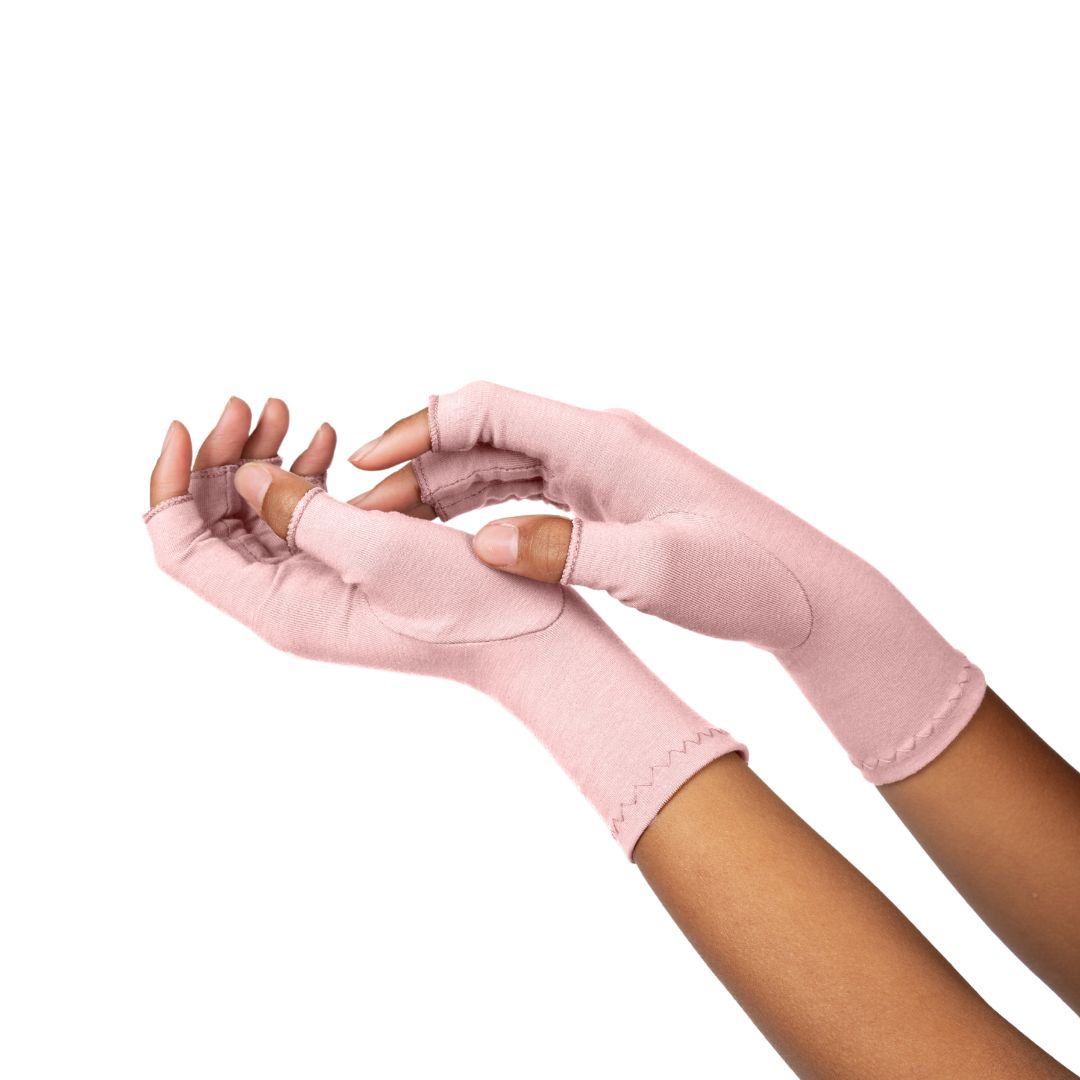
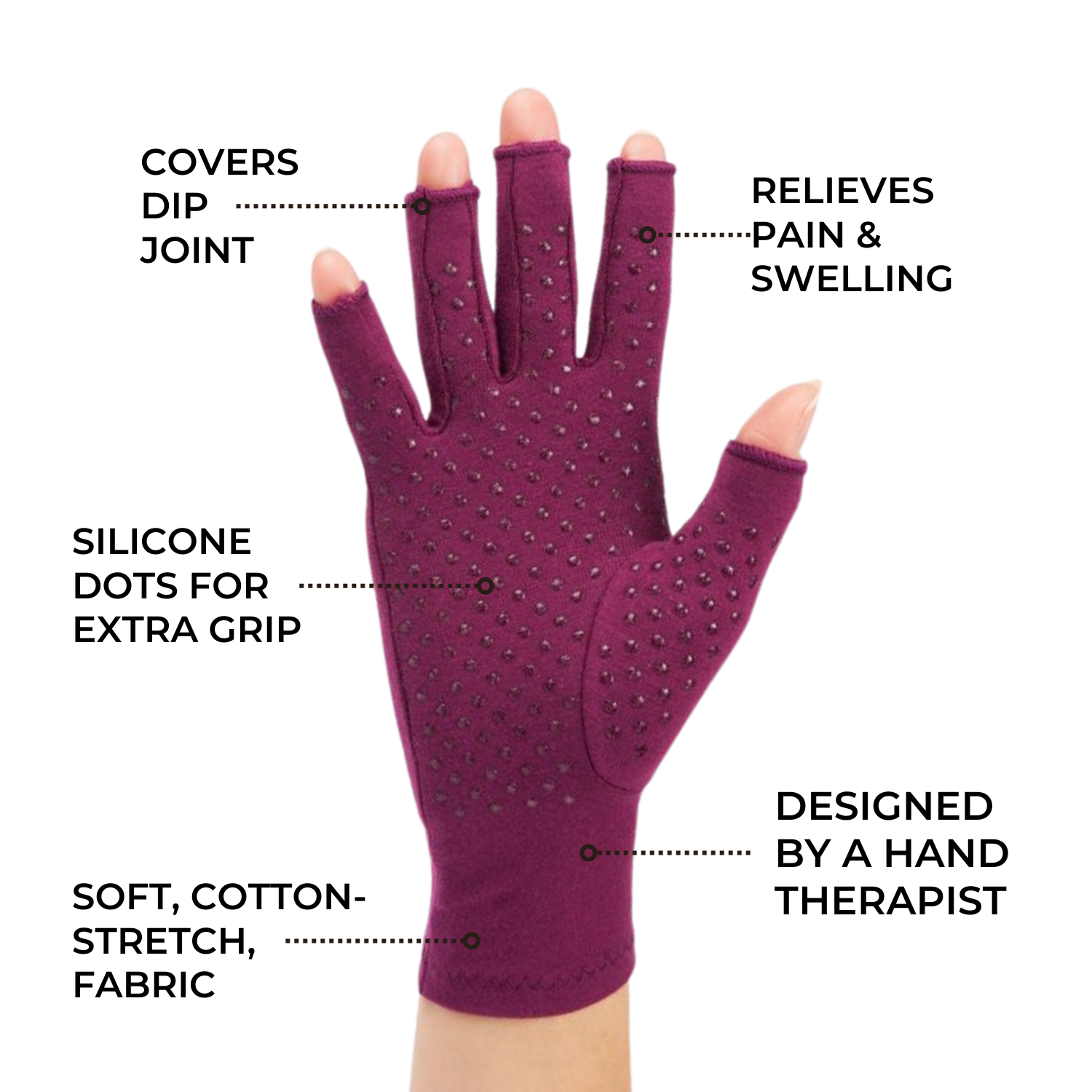
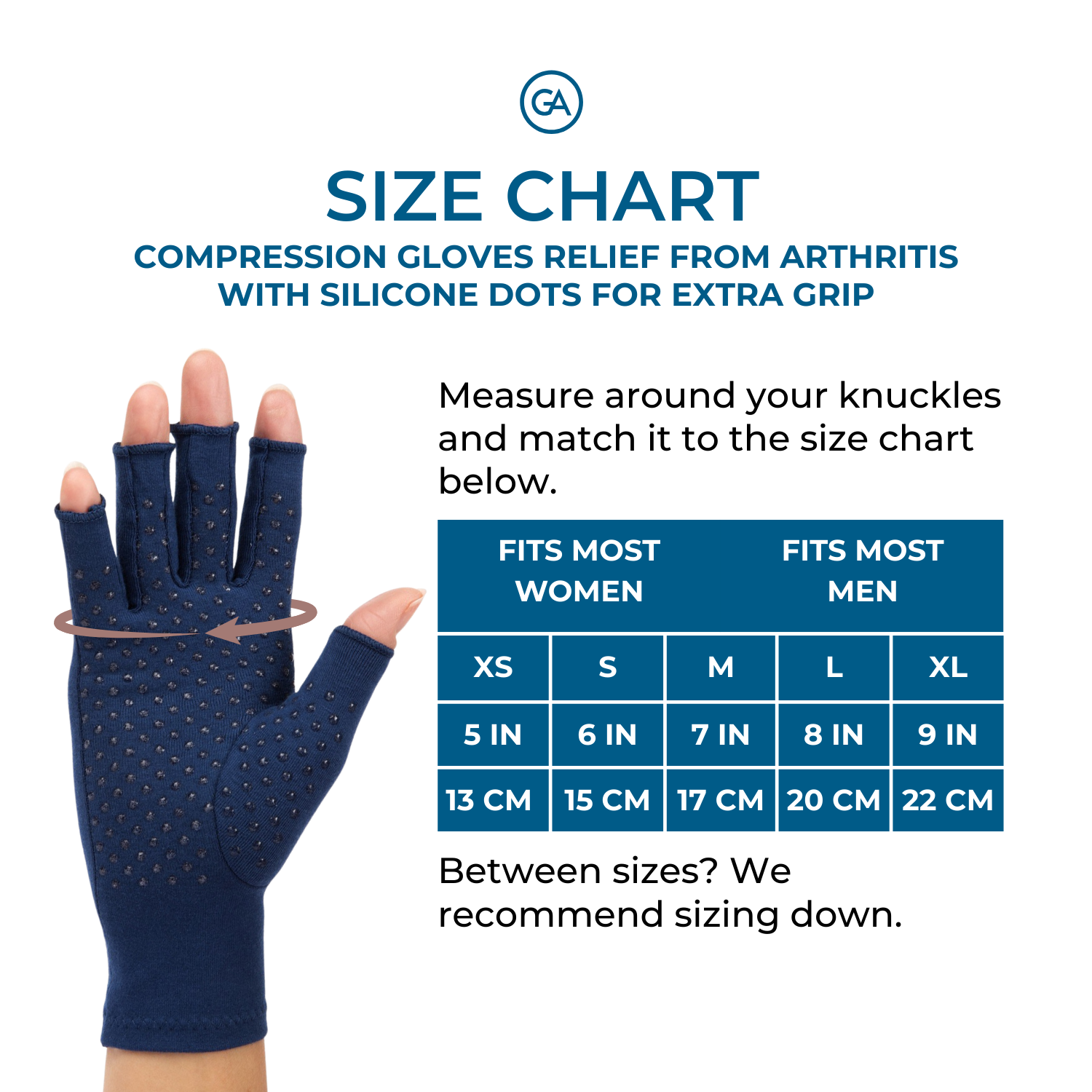
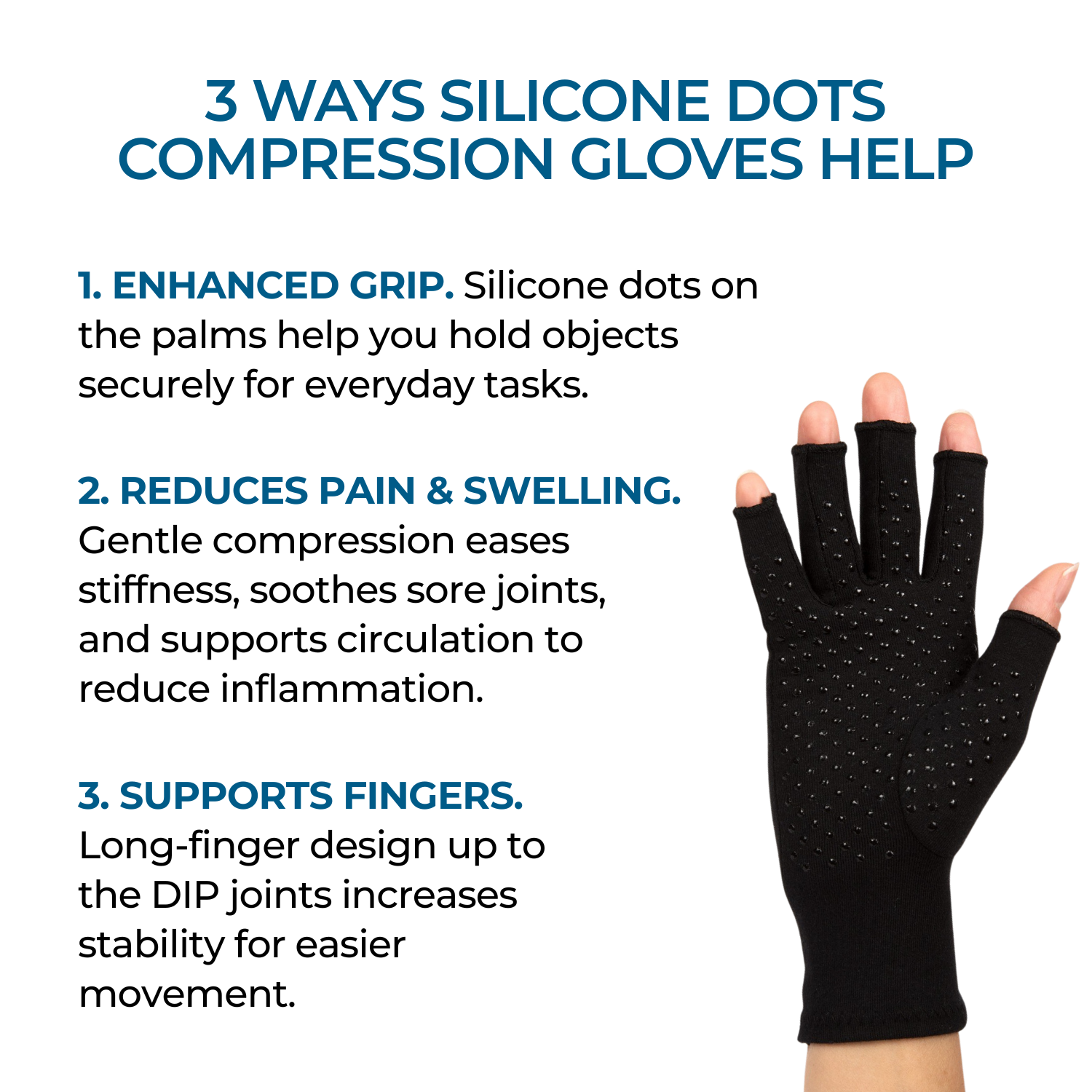


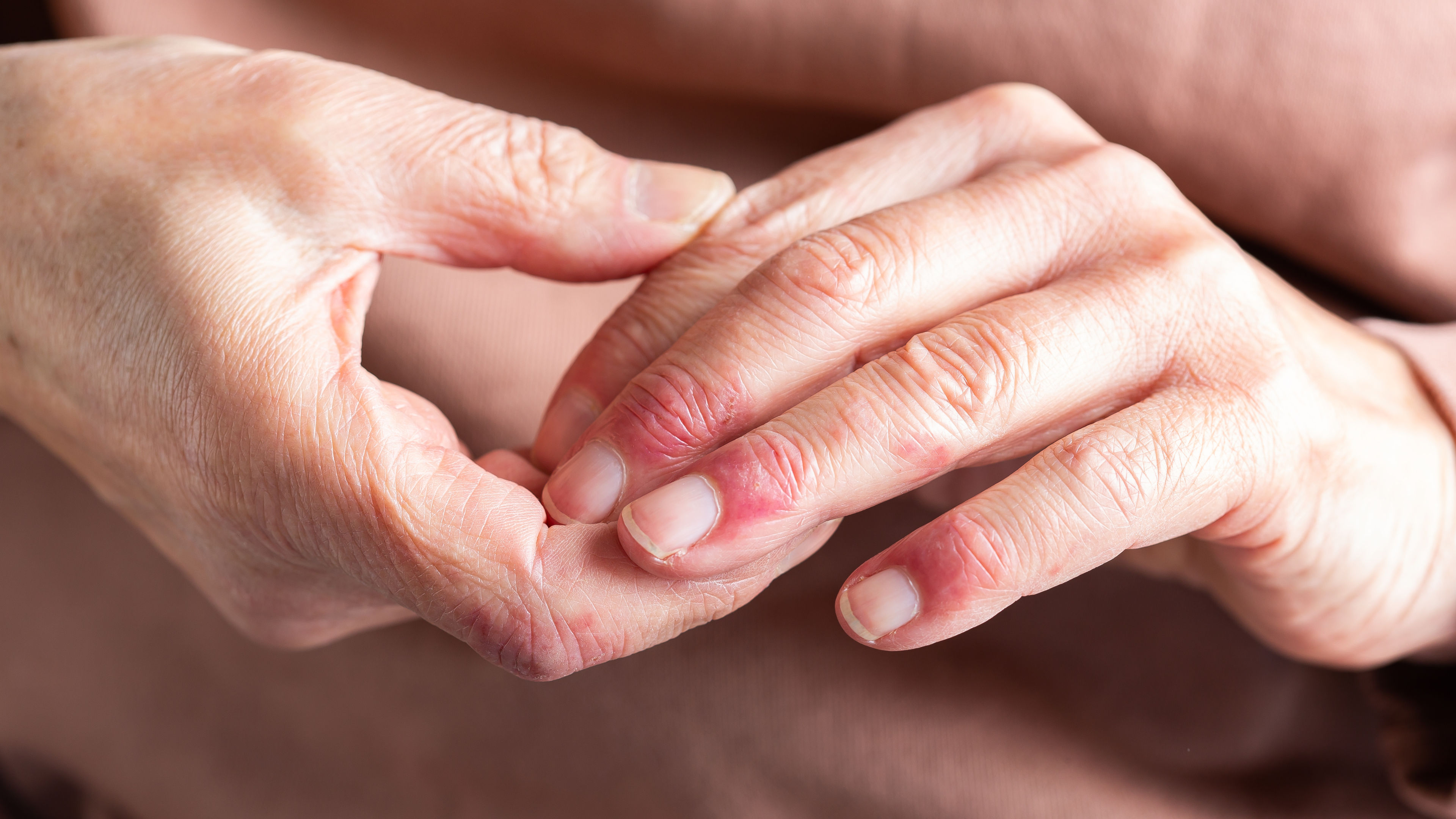

Share and get 15% off!
Simply share this product on one of the following social networks and you will unlock 15% off!